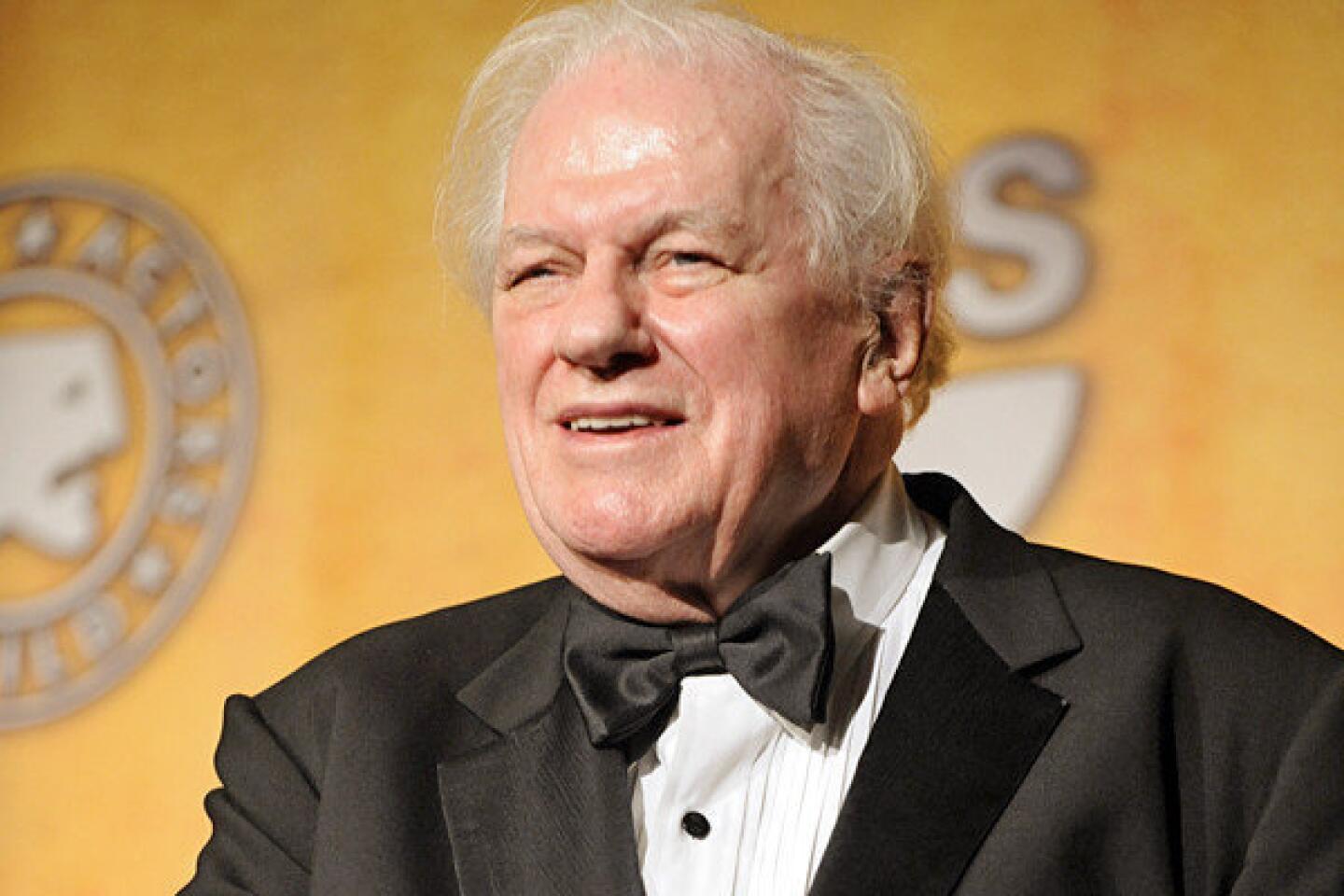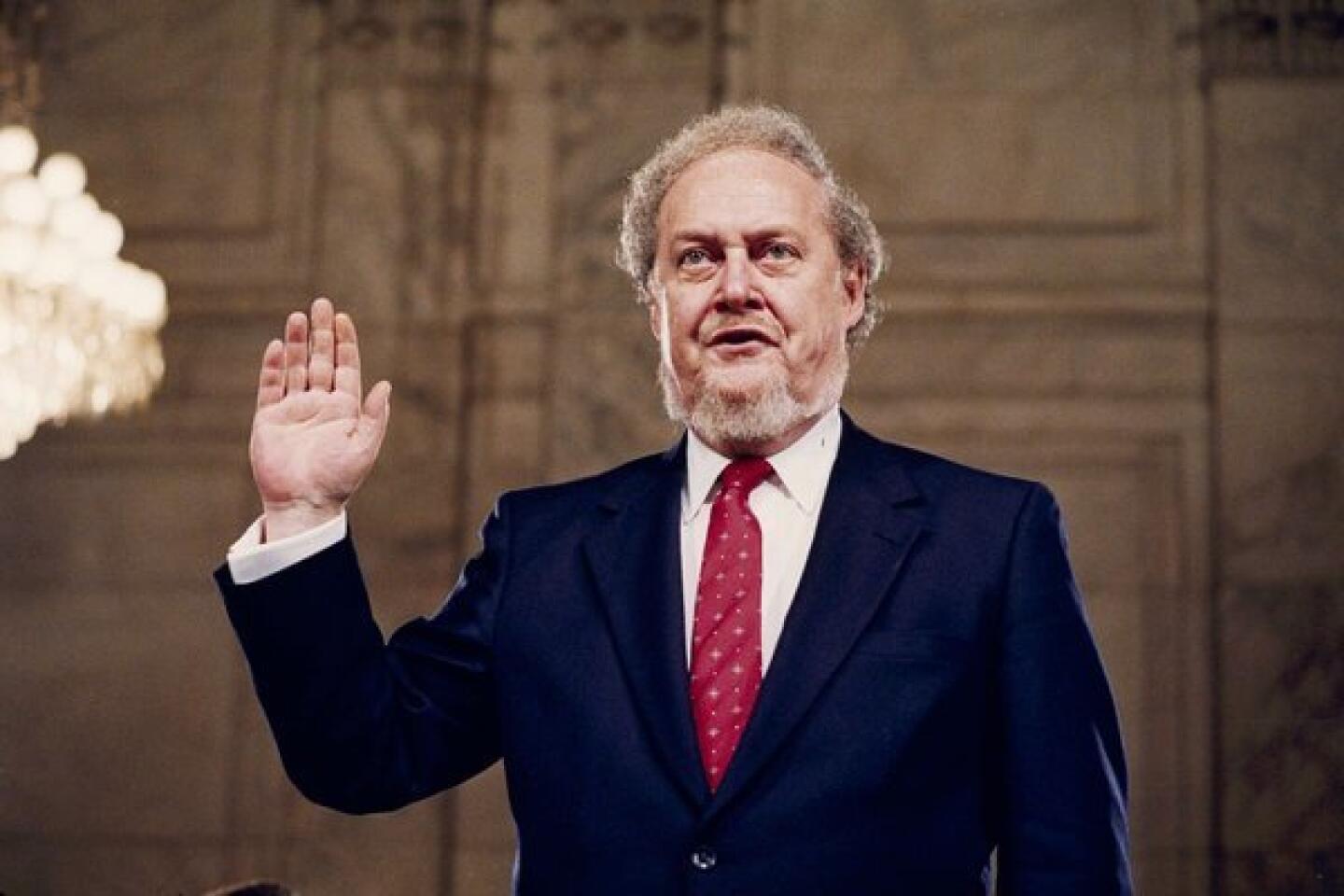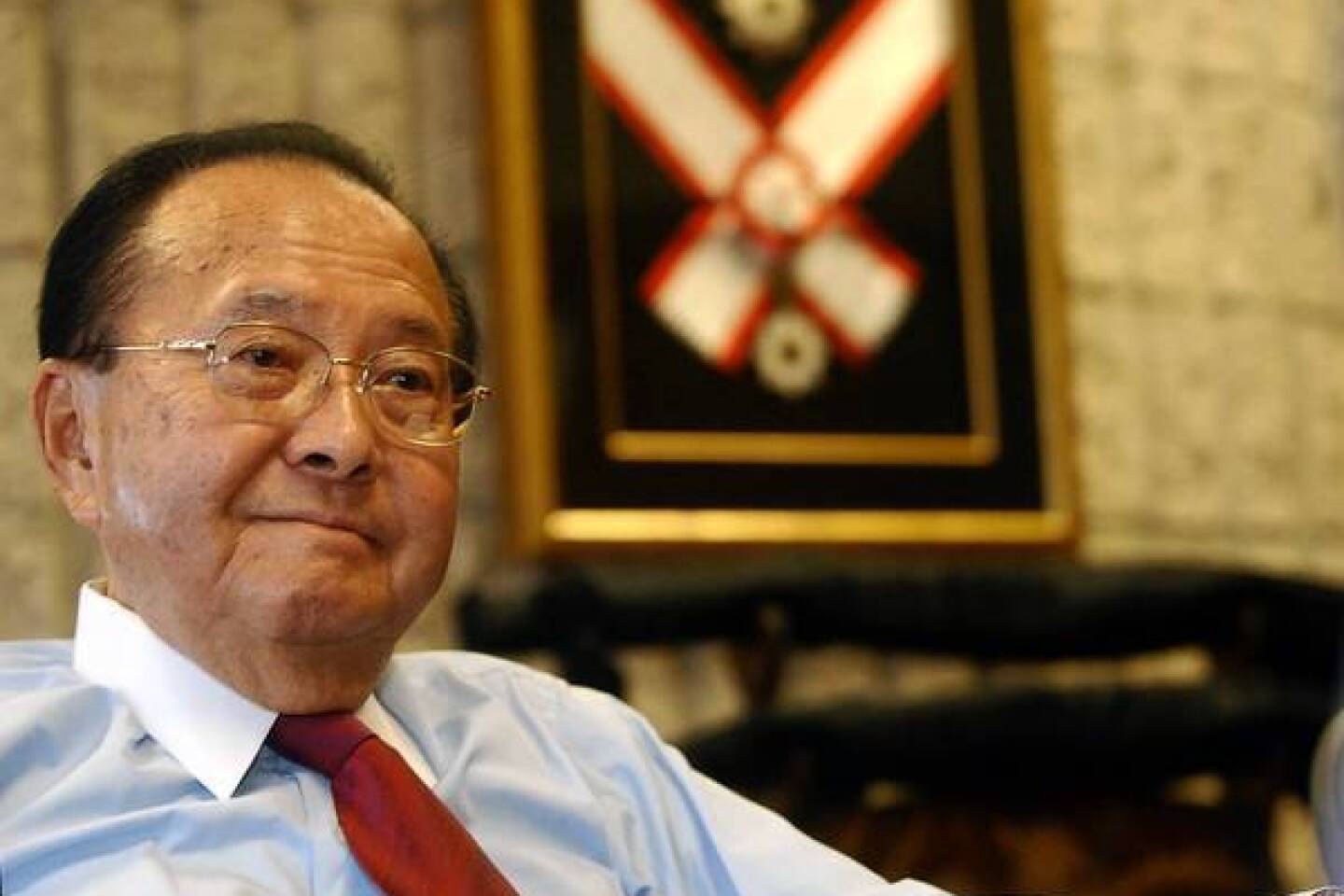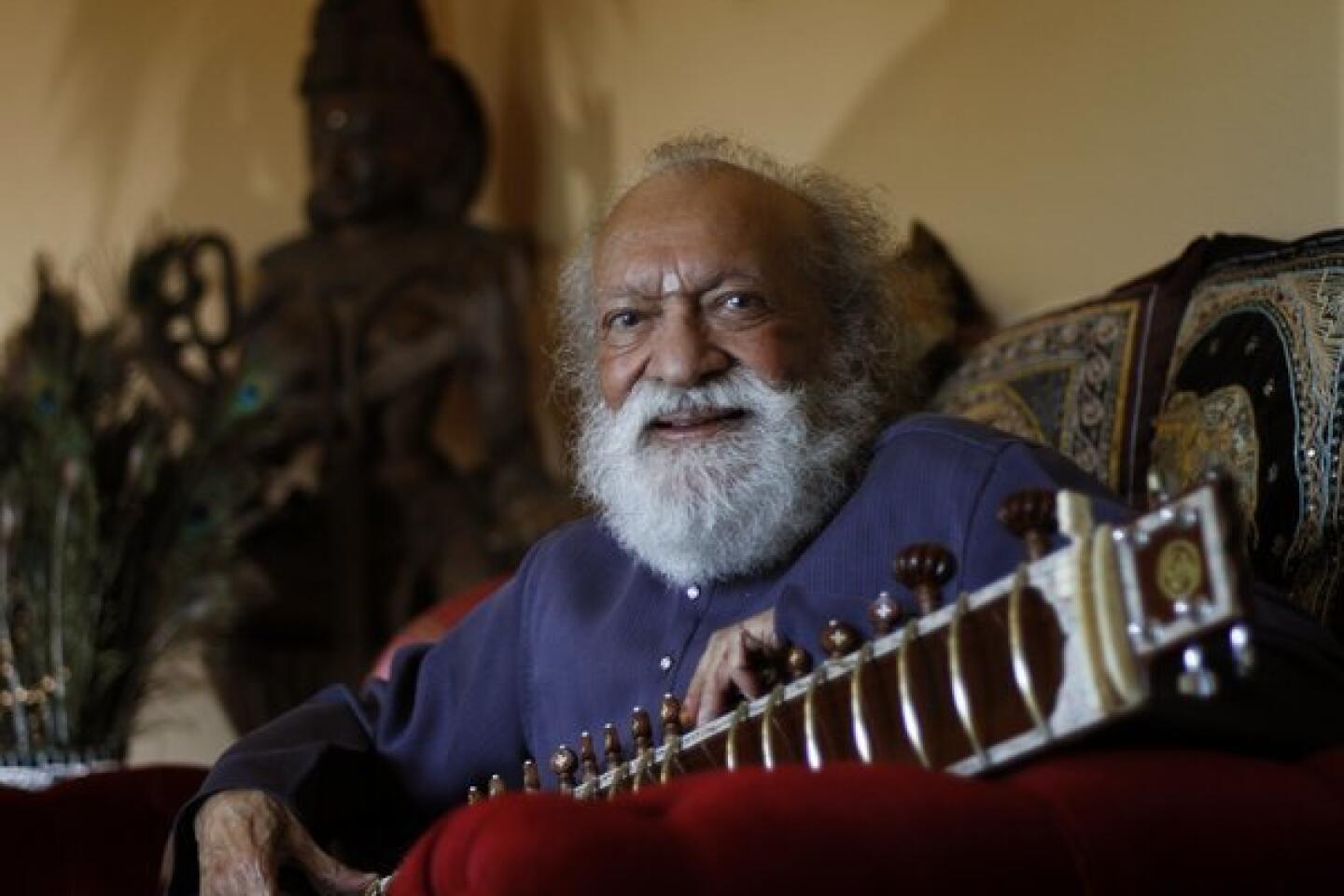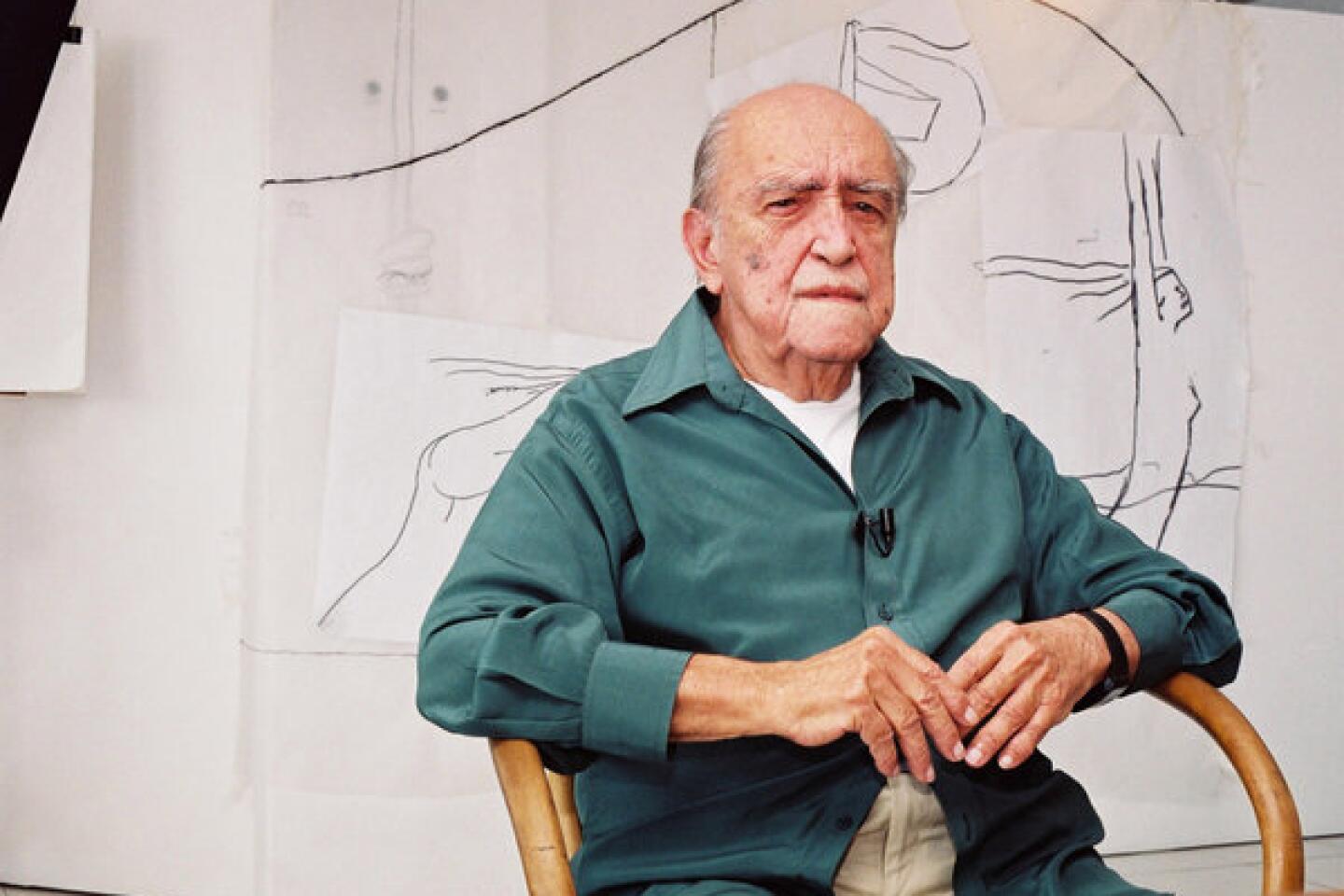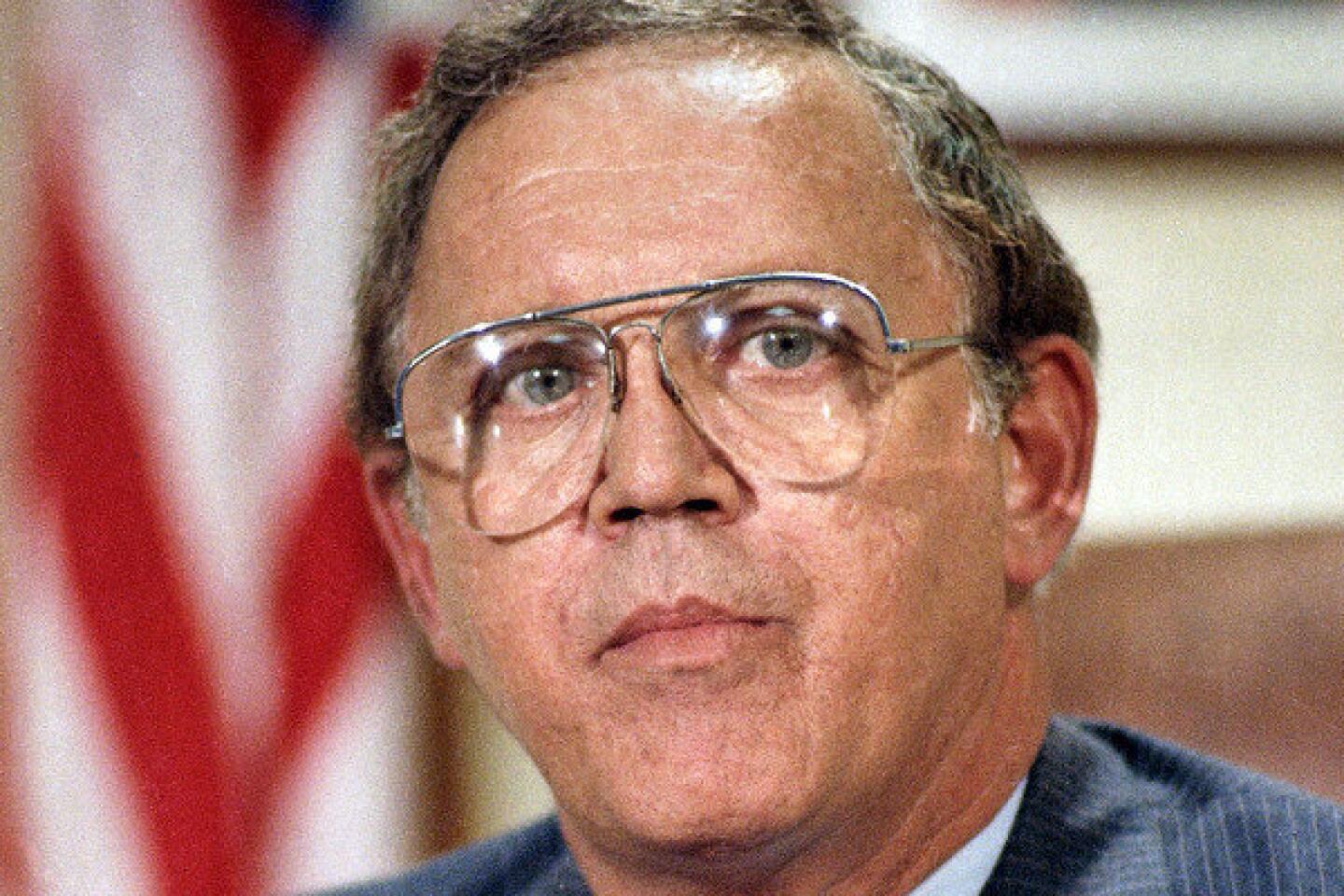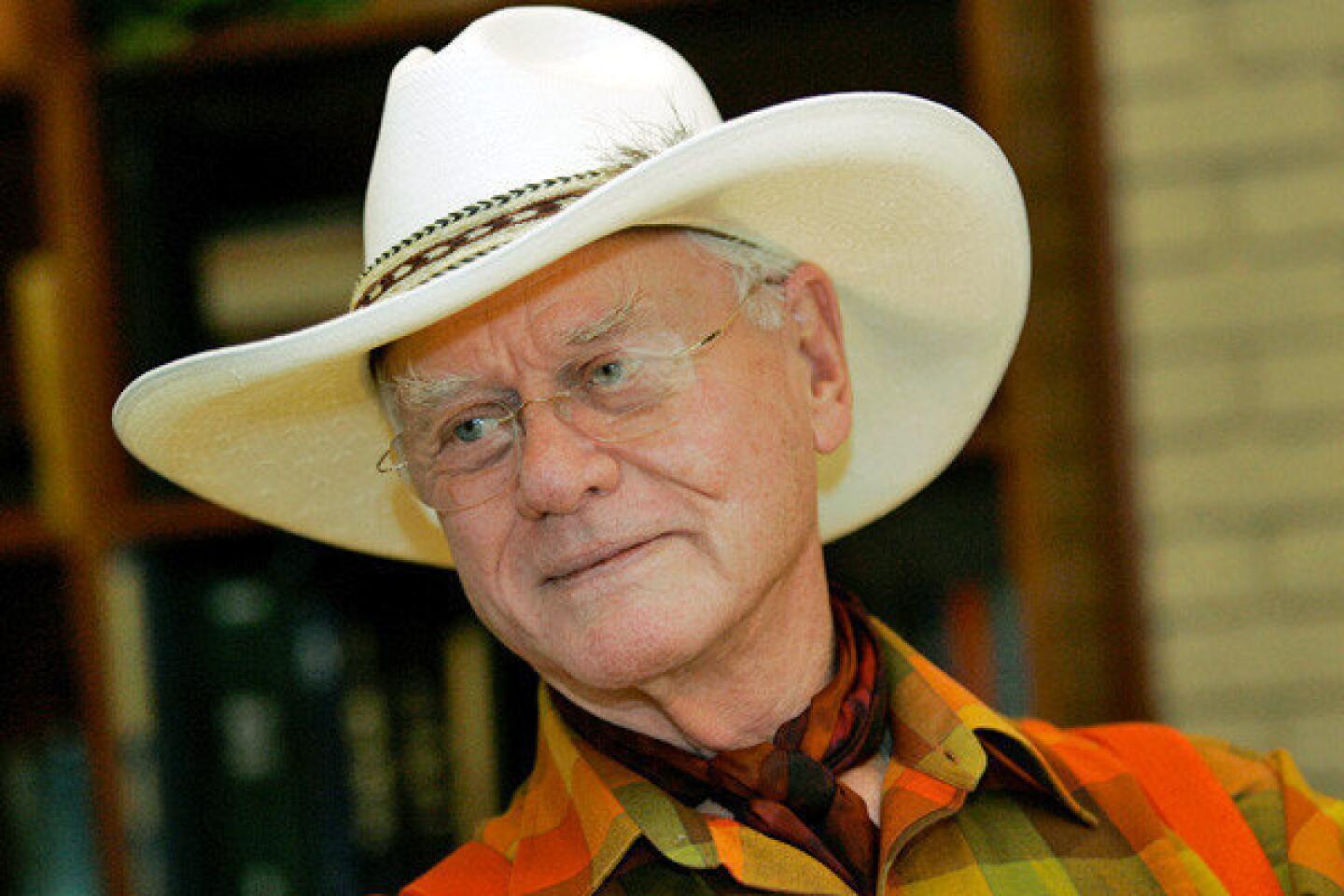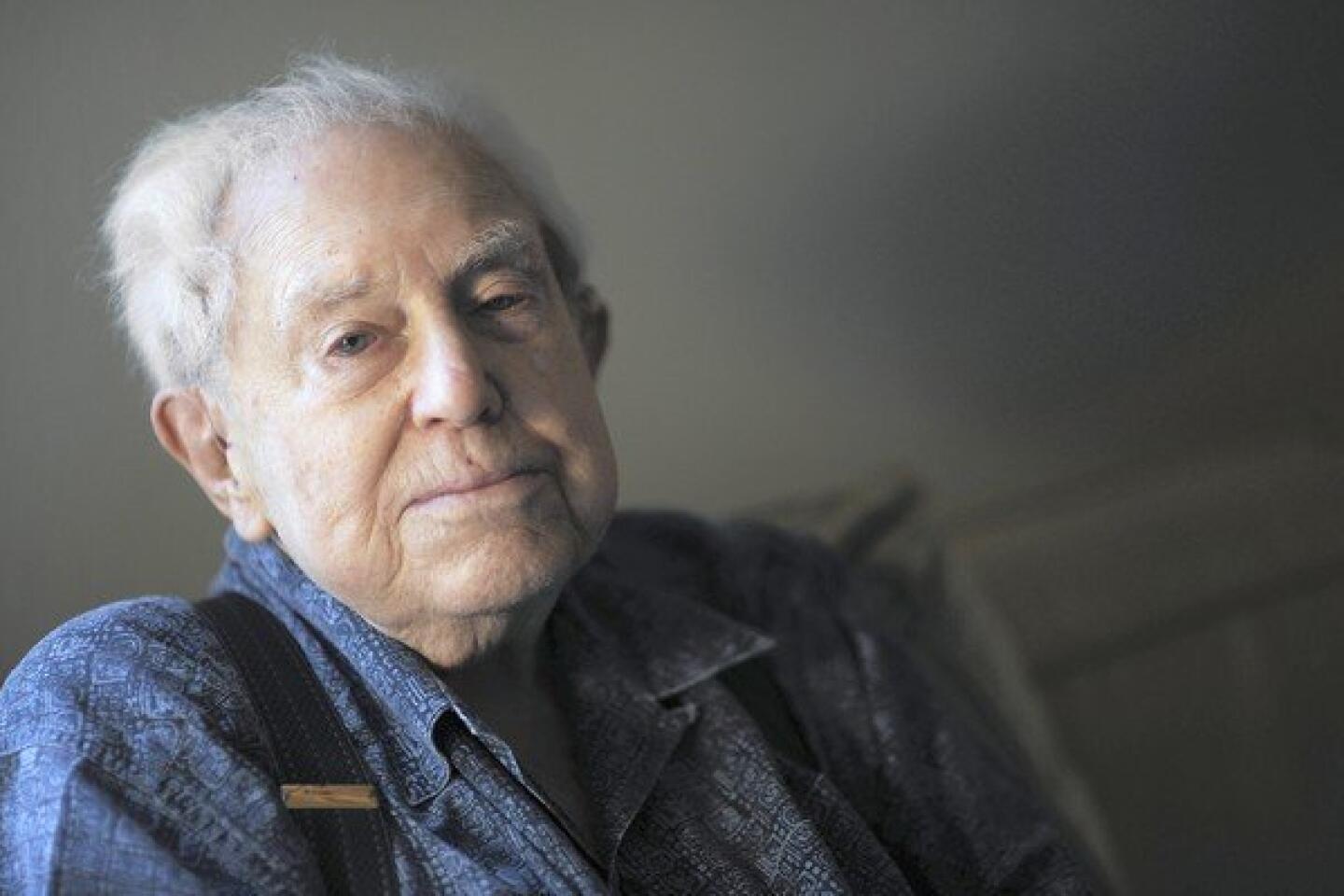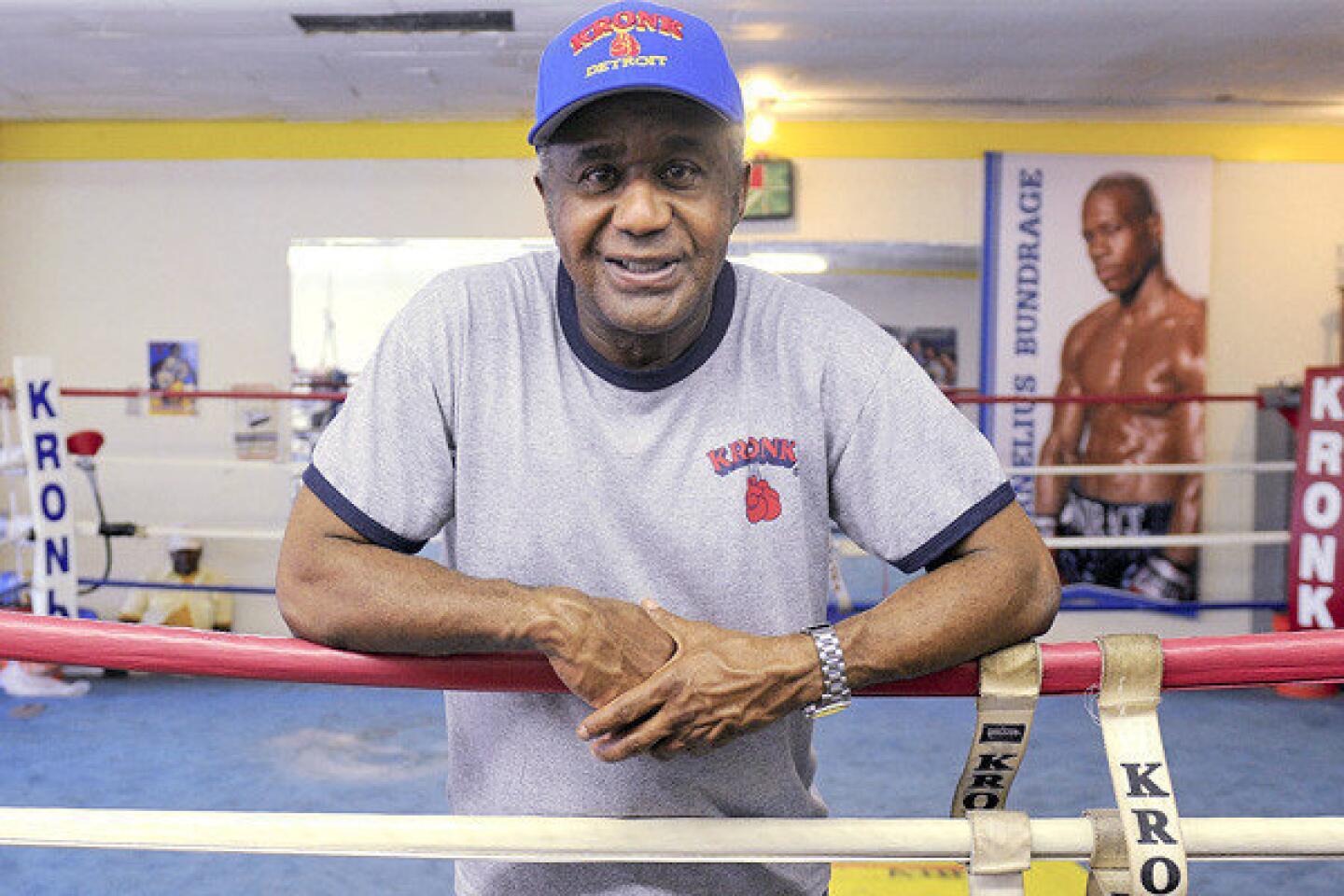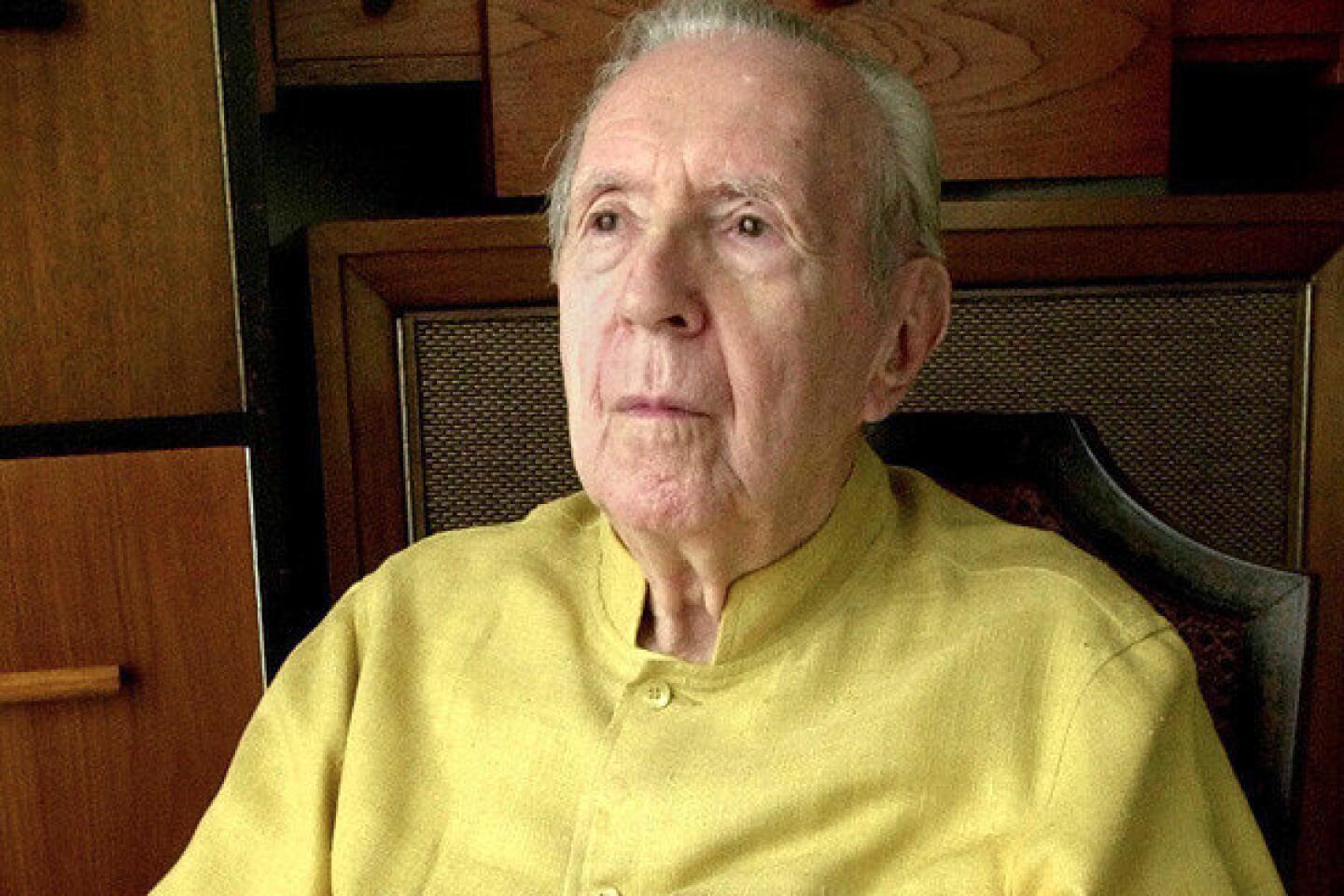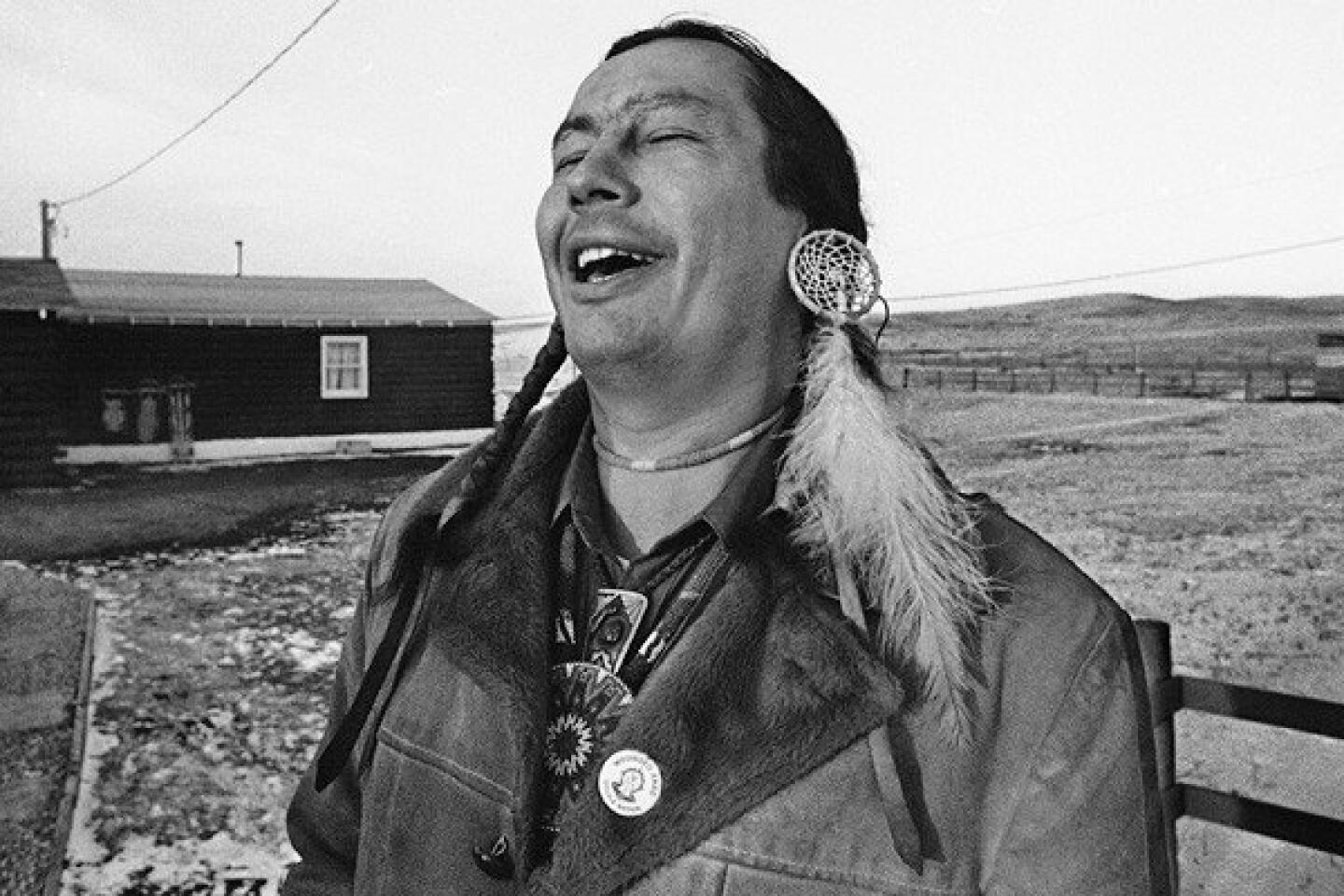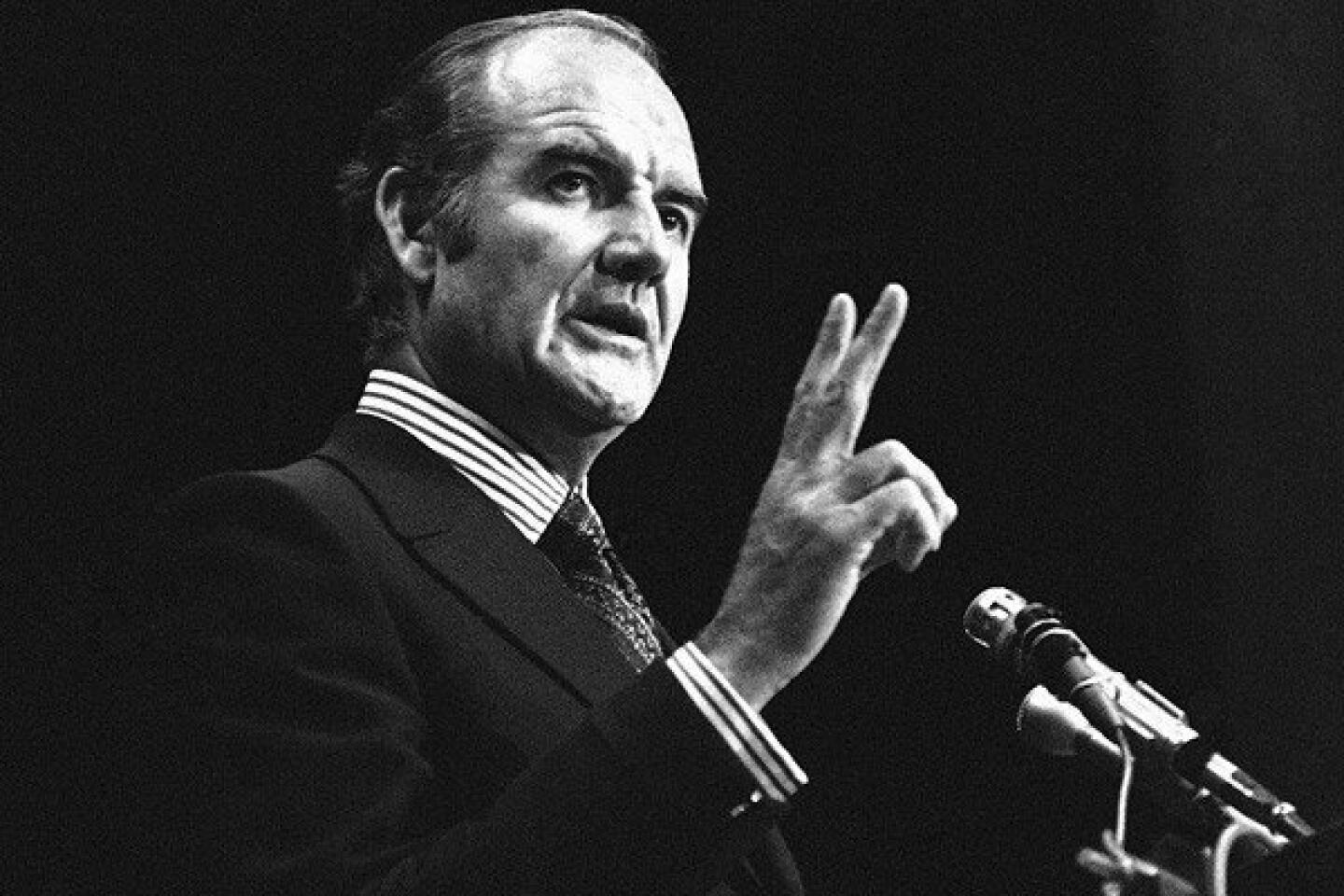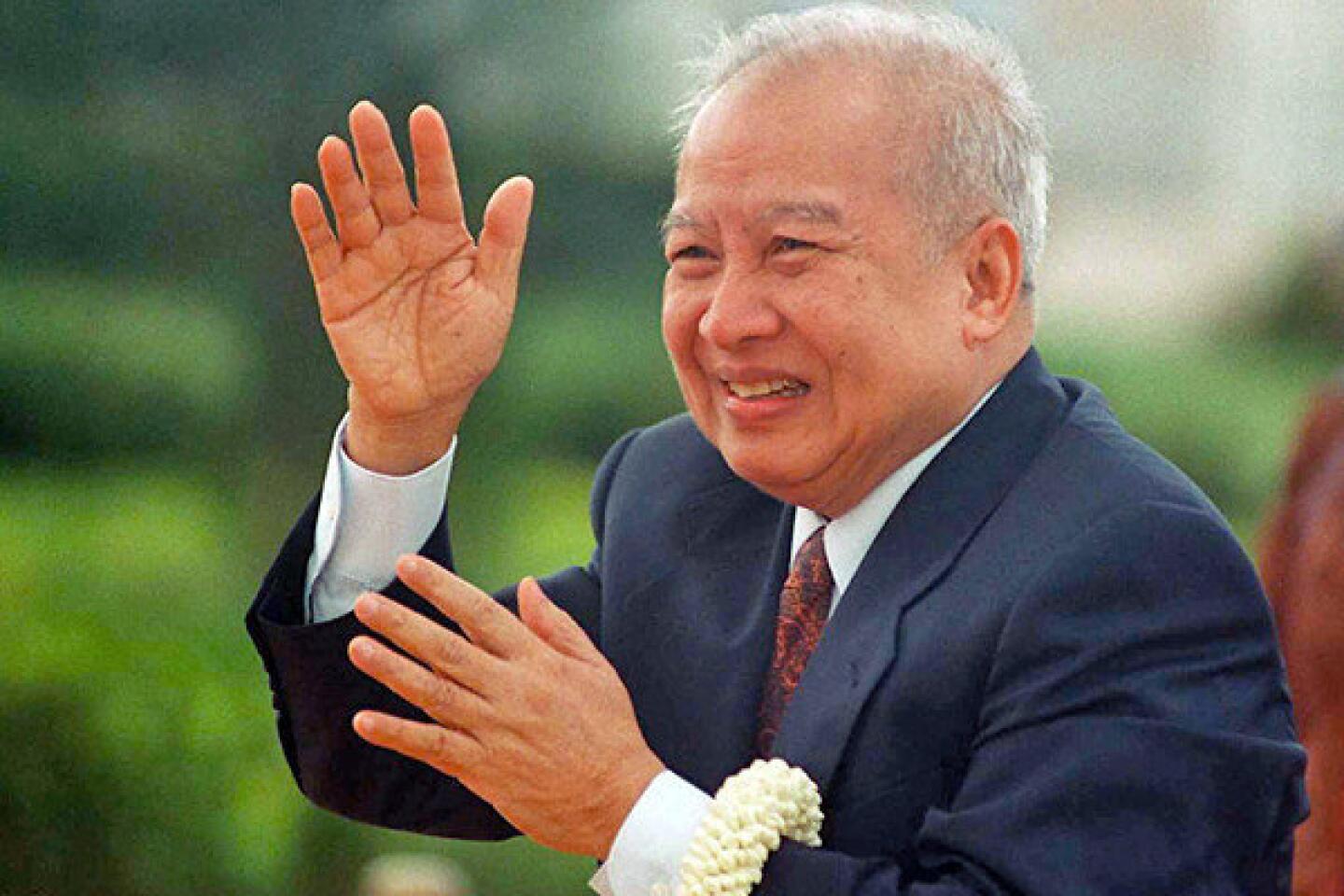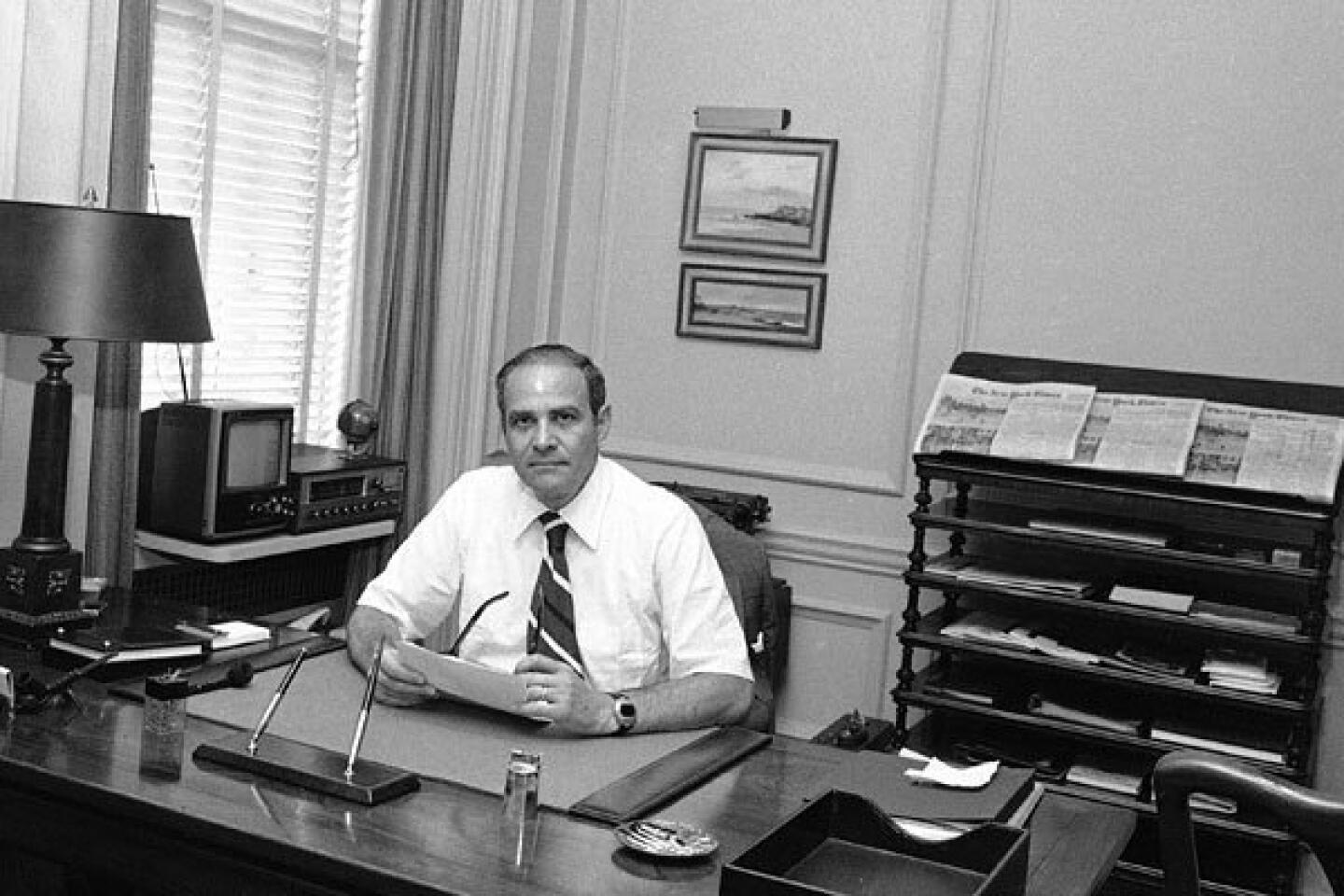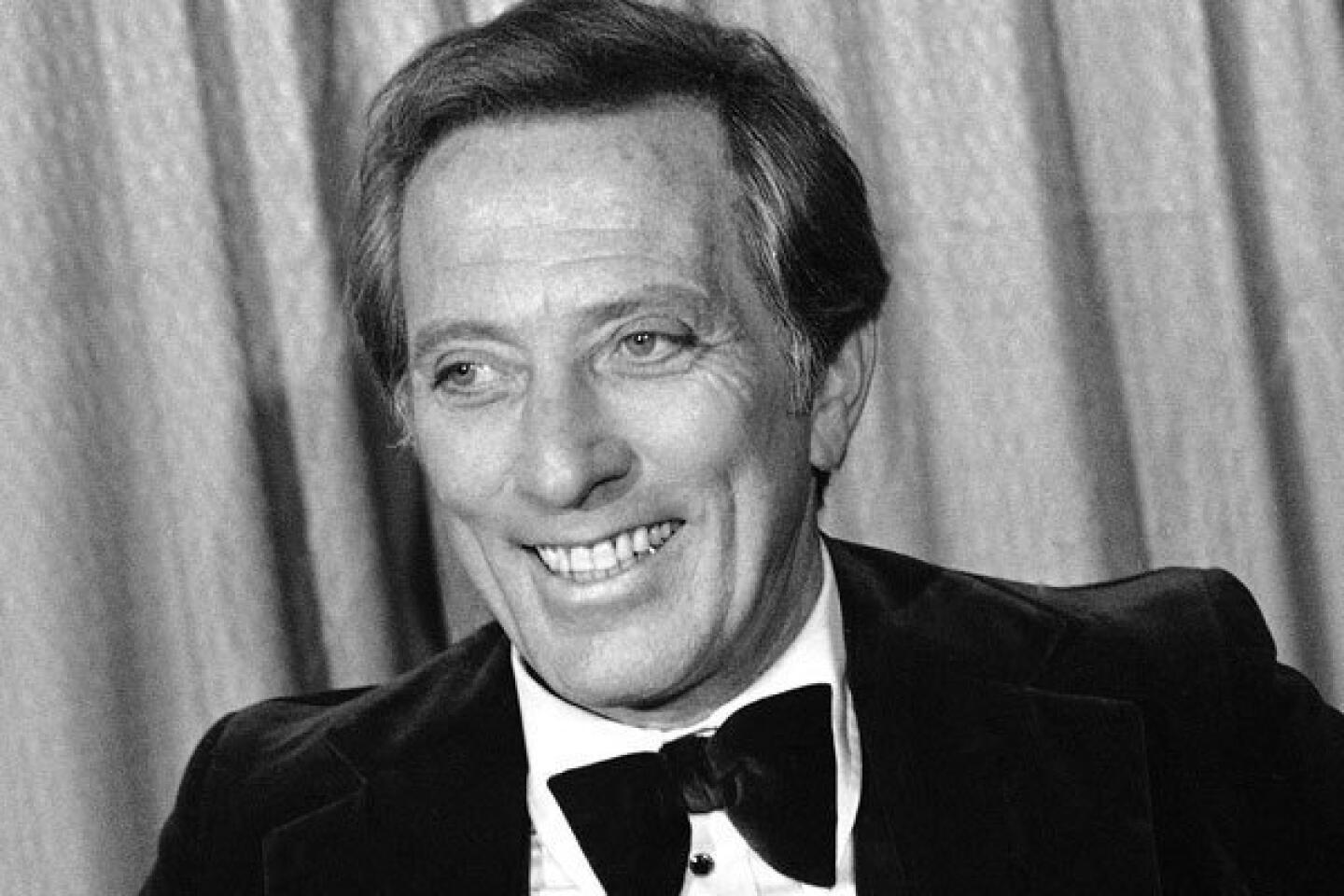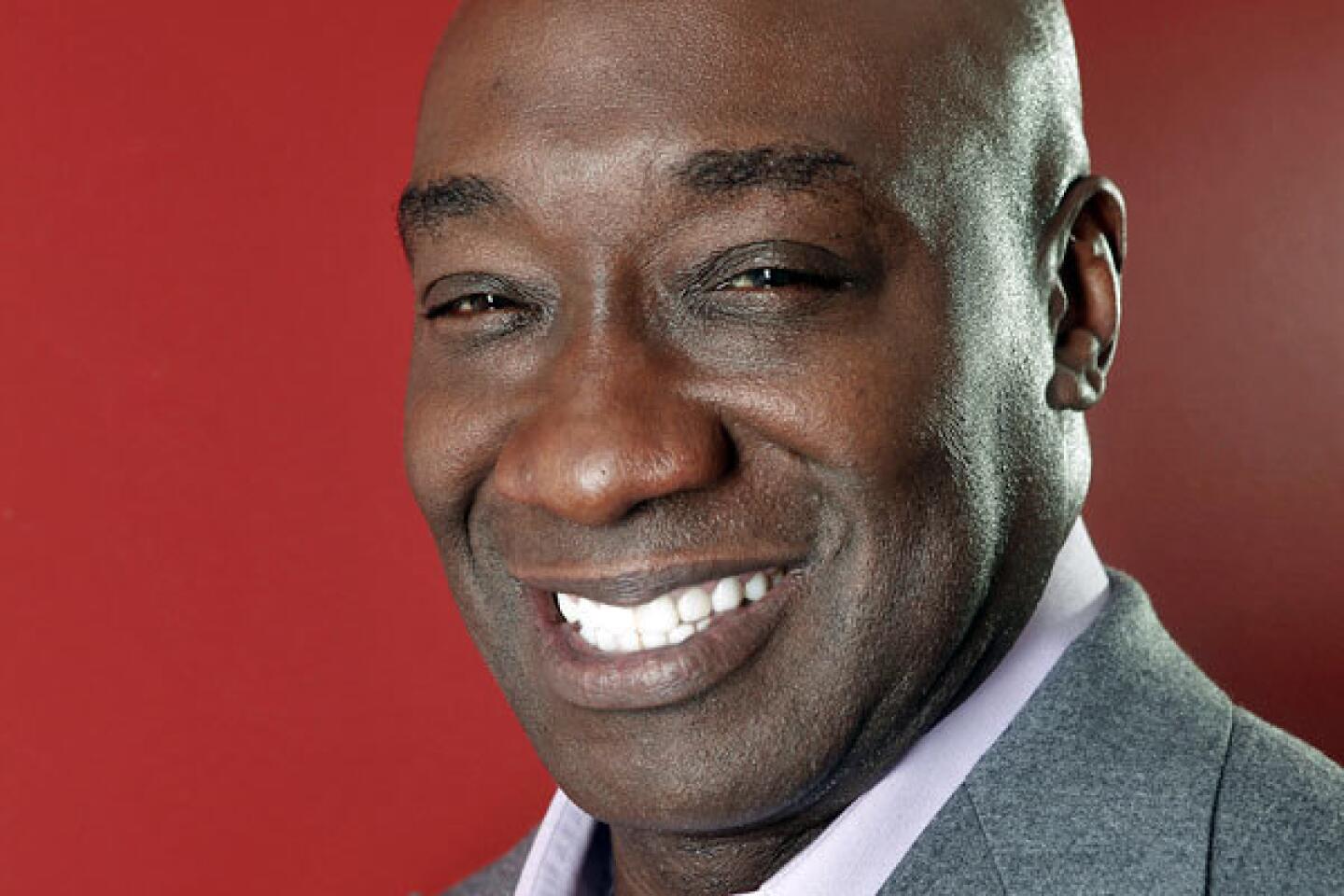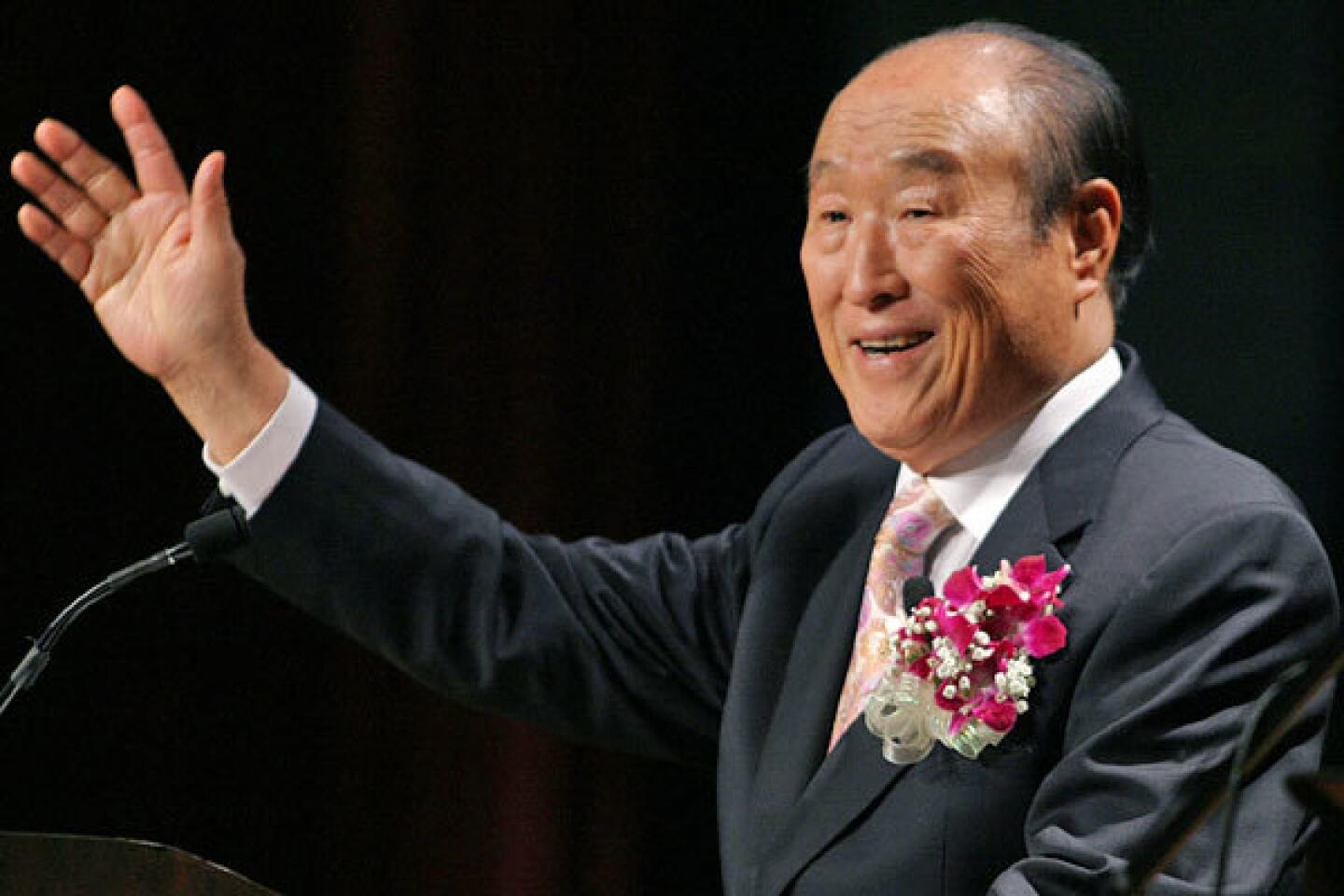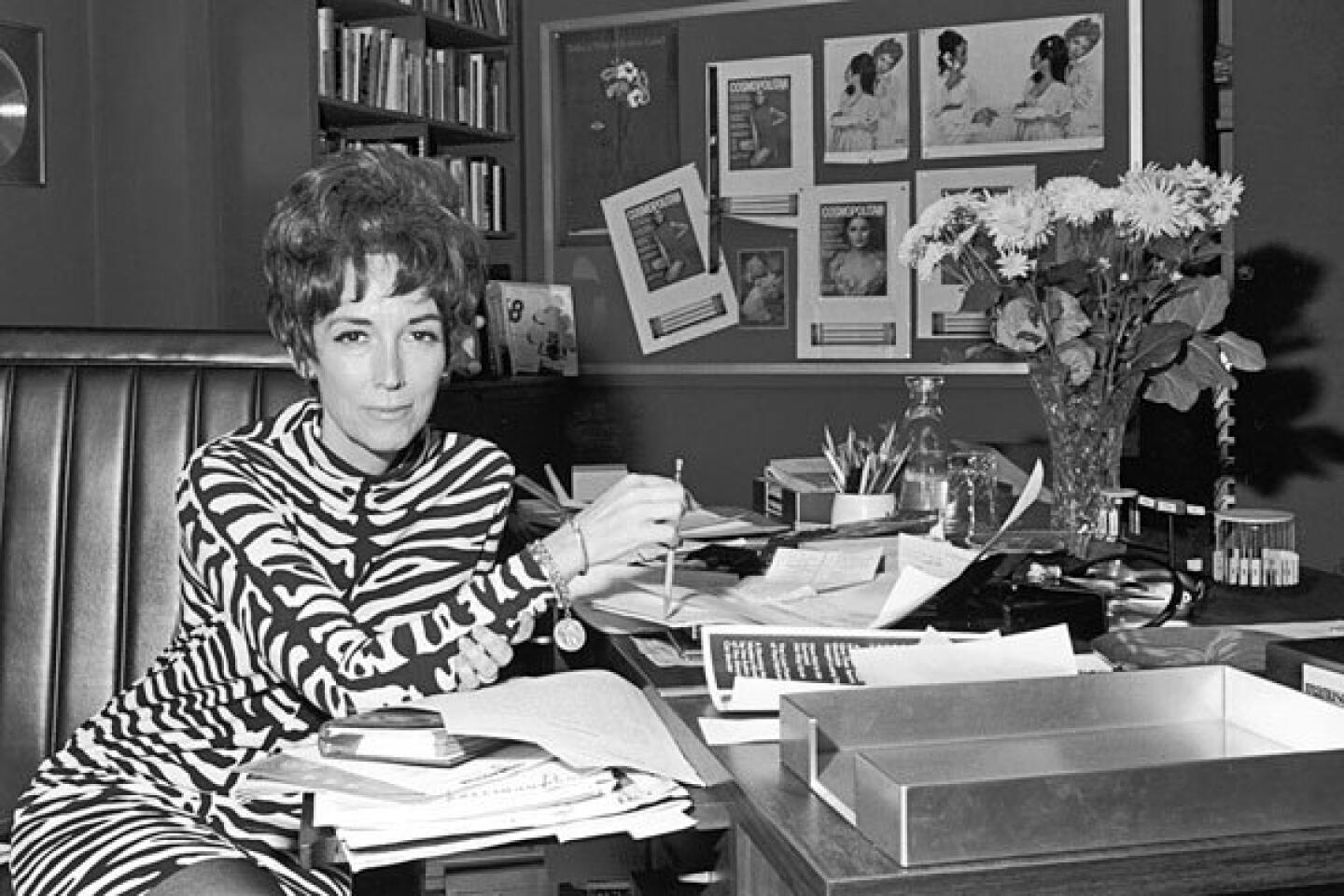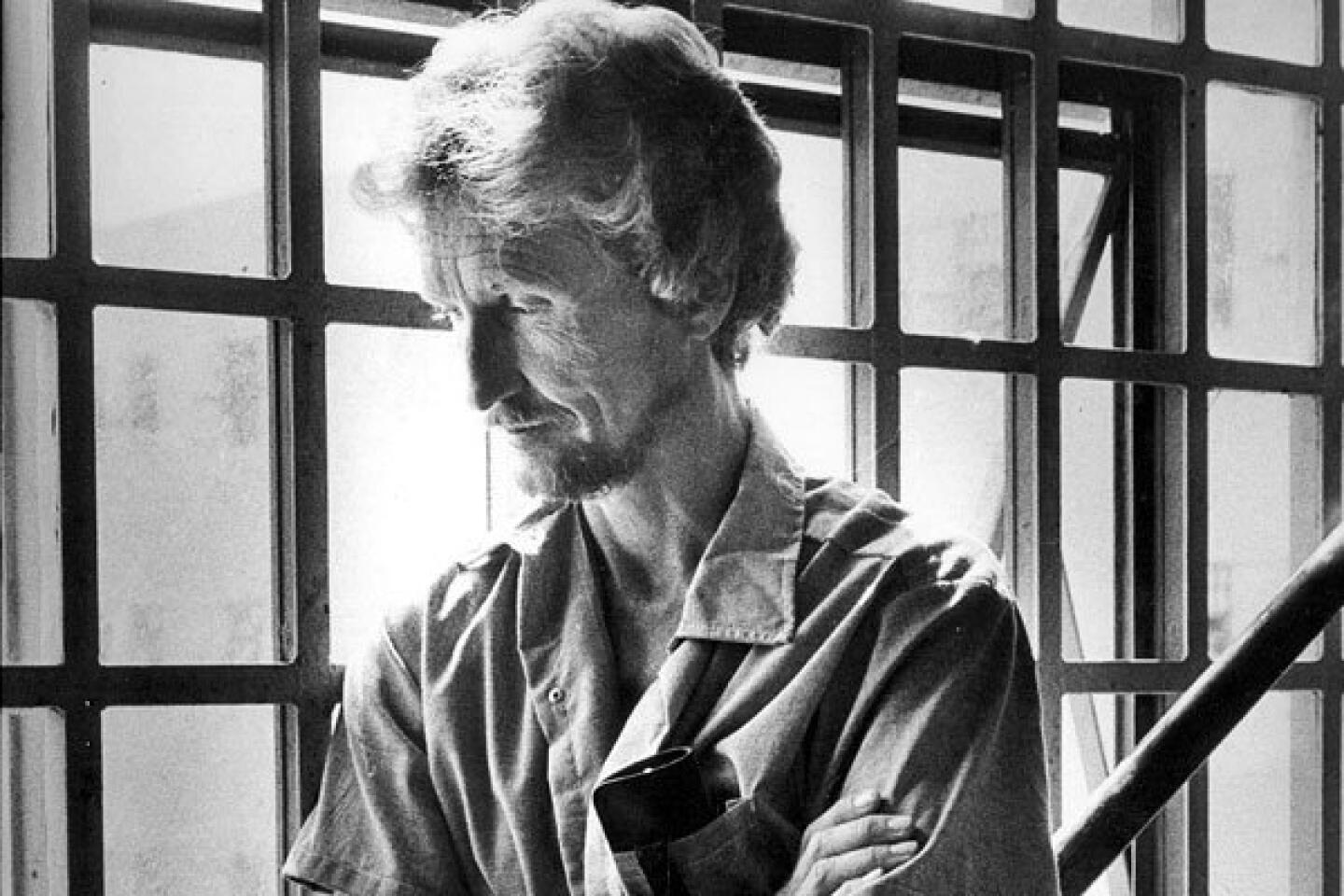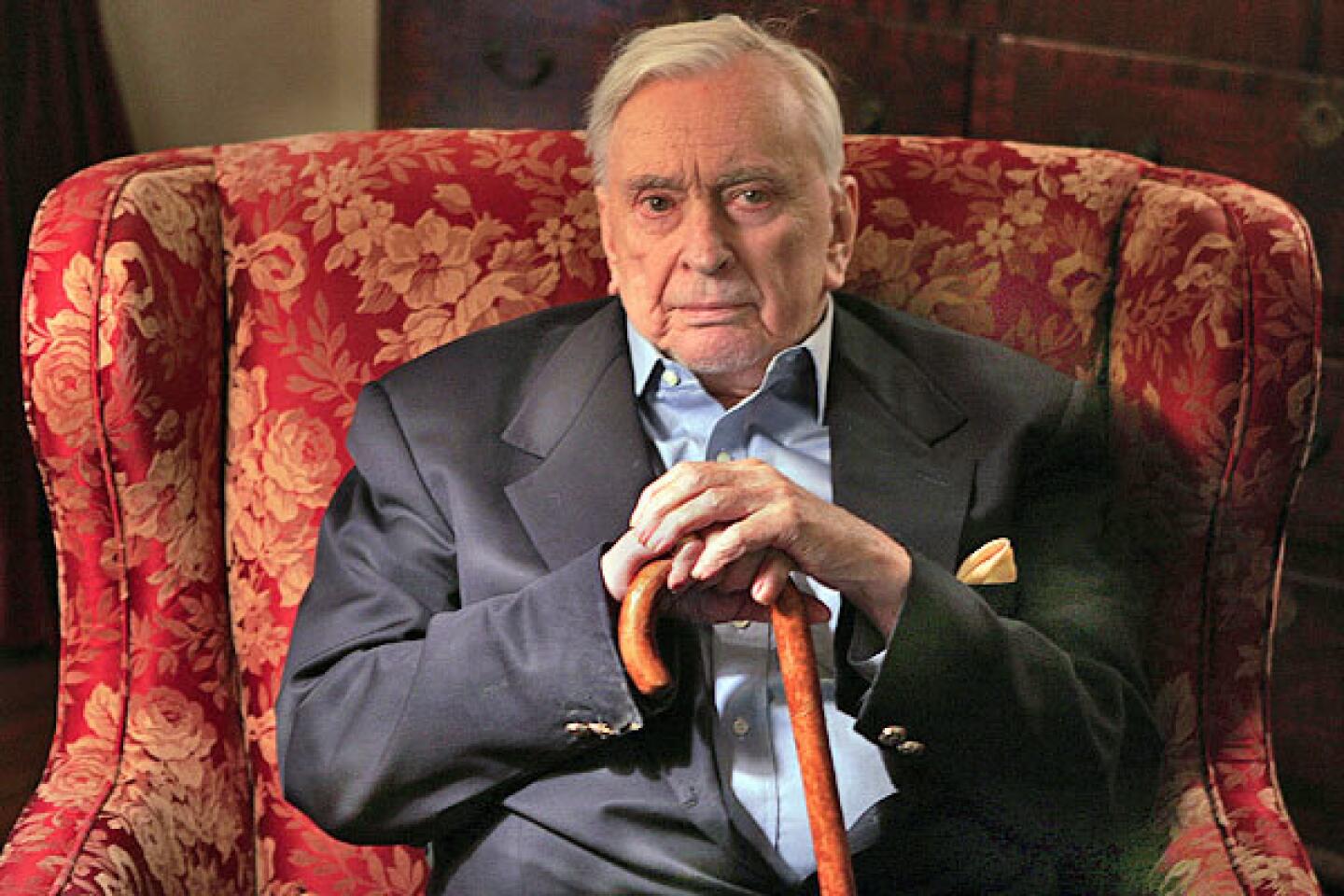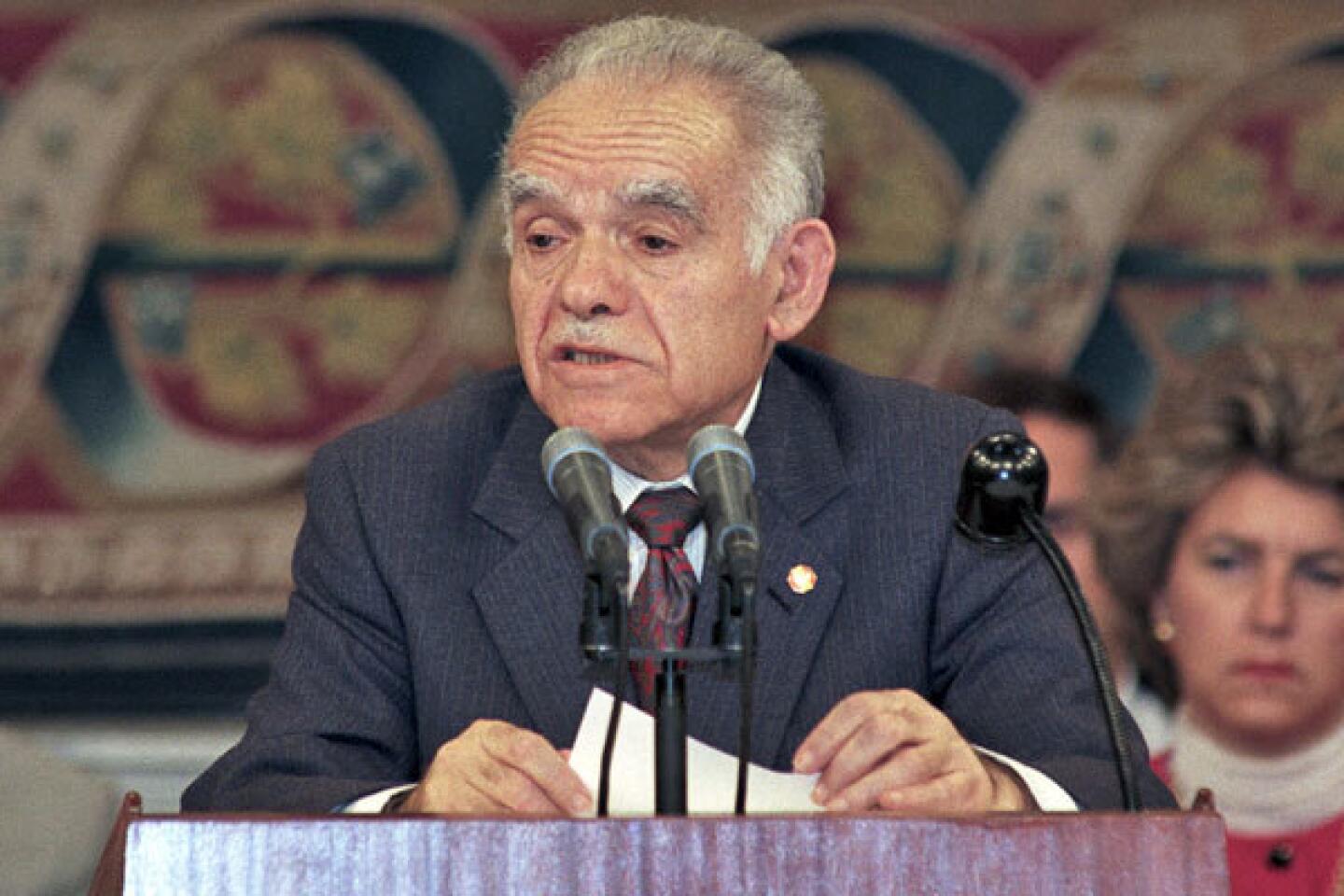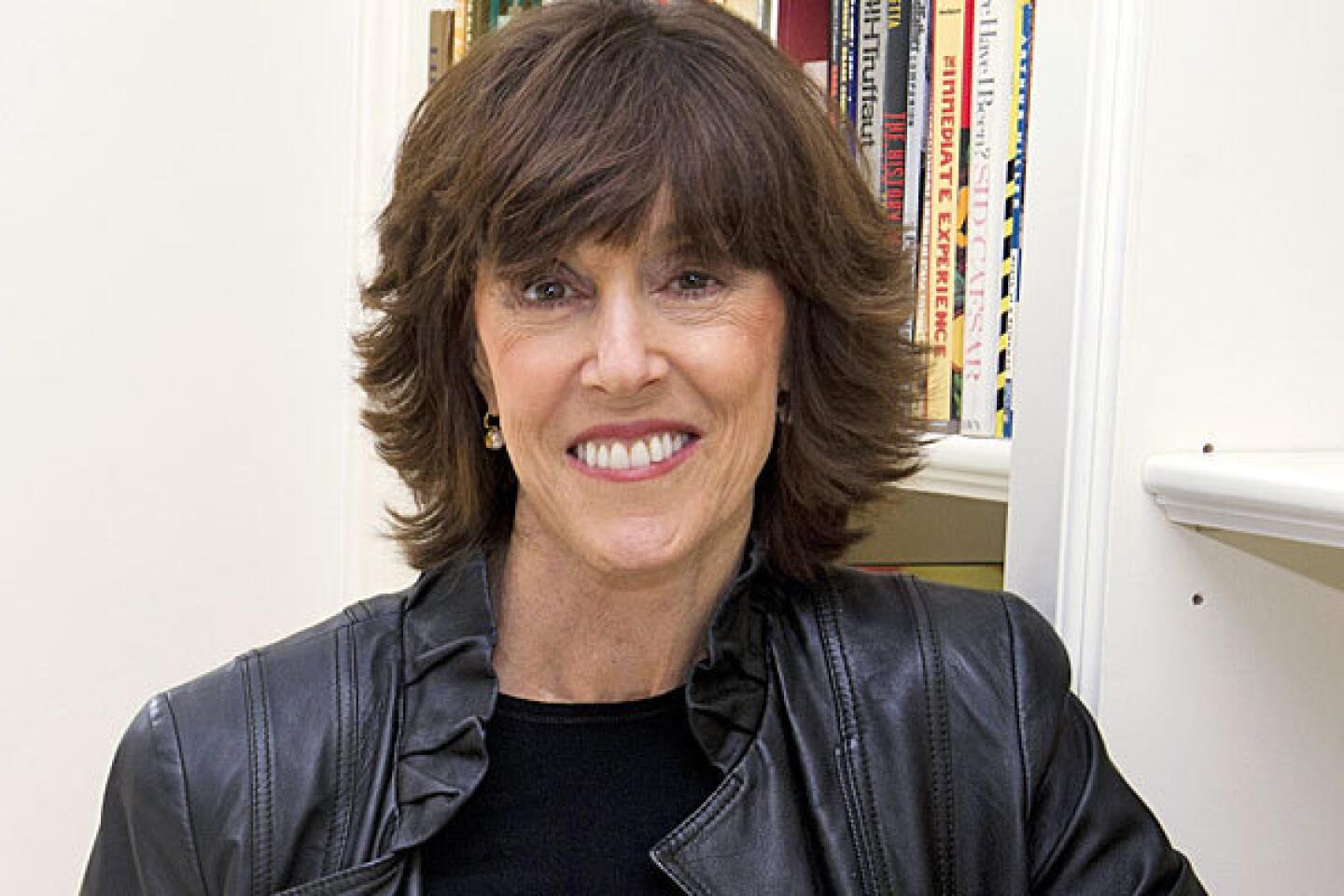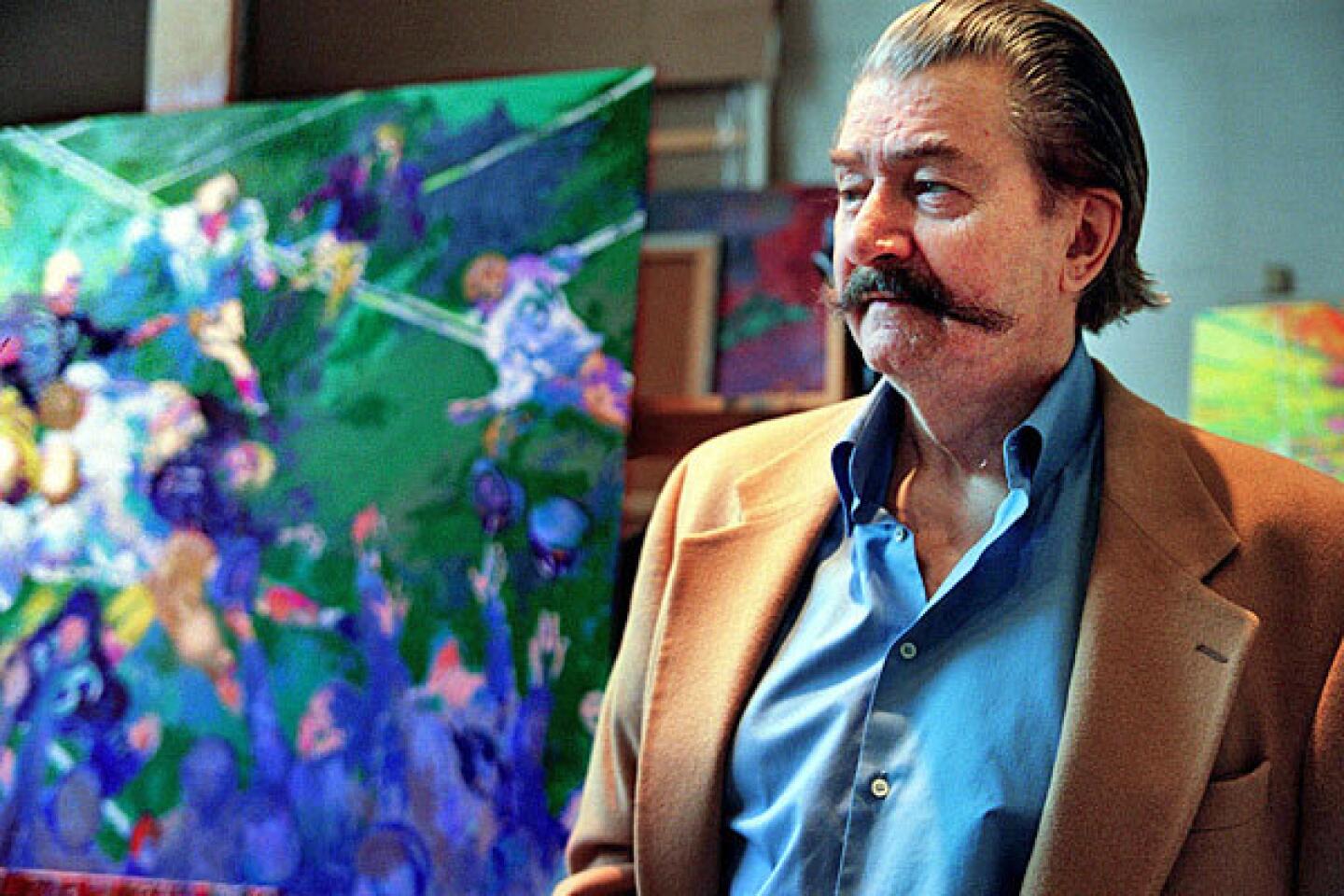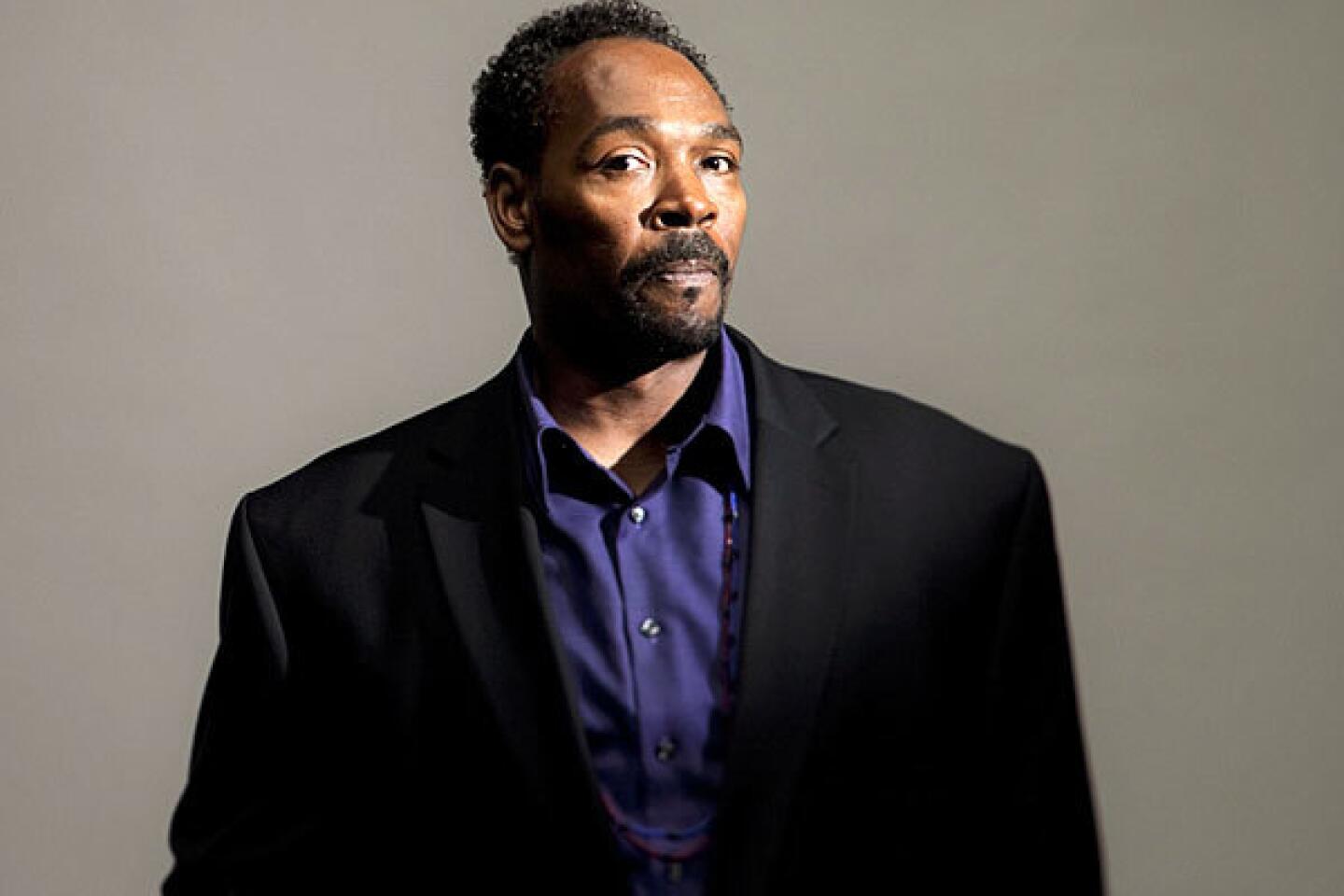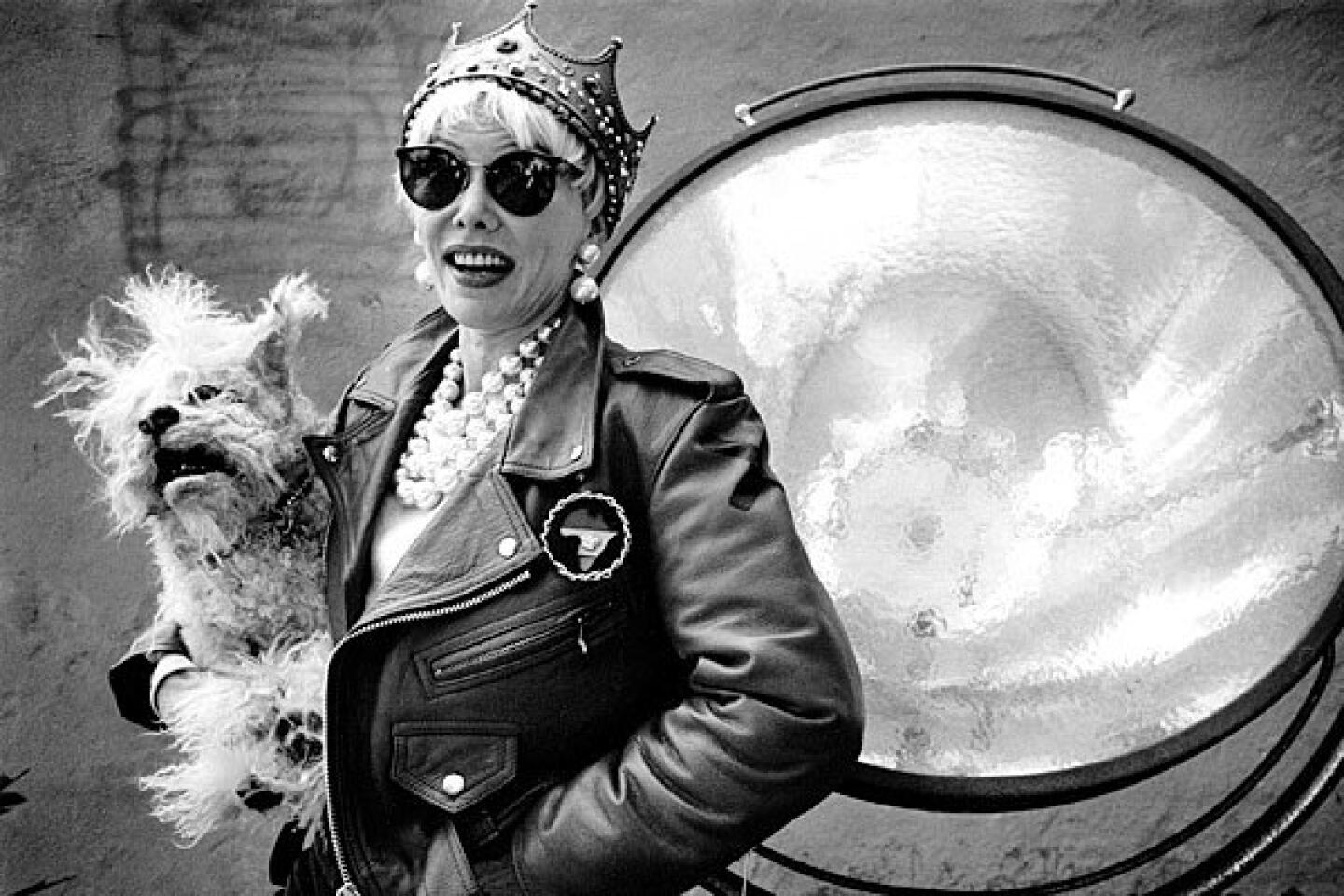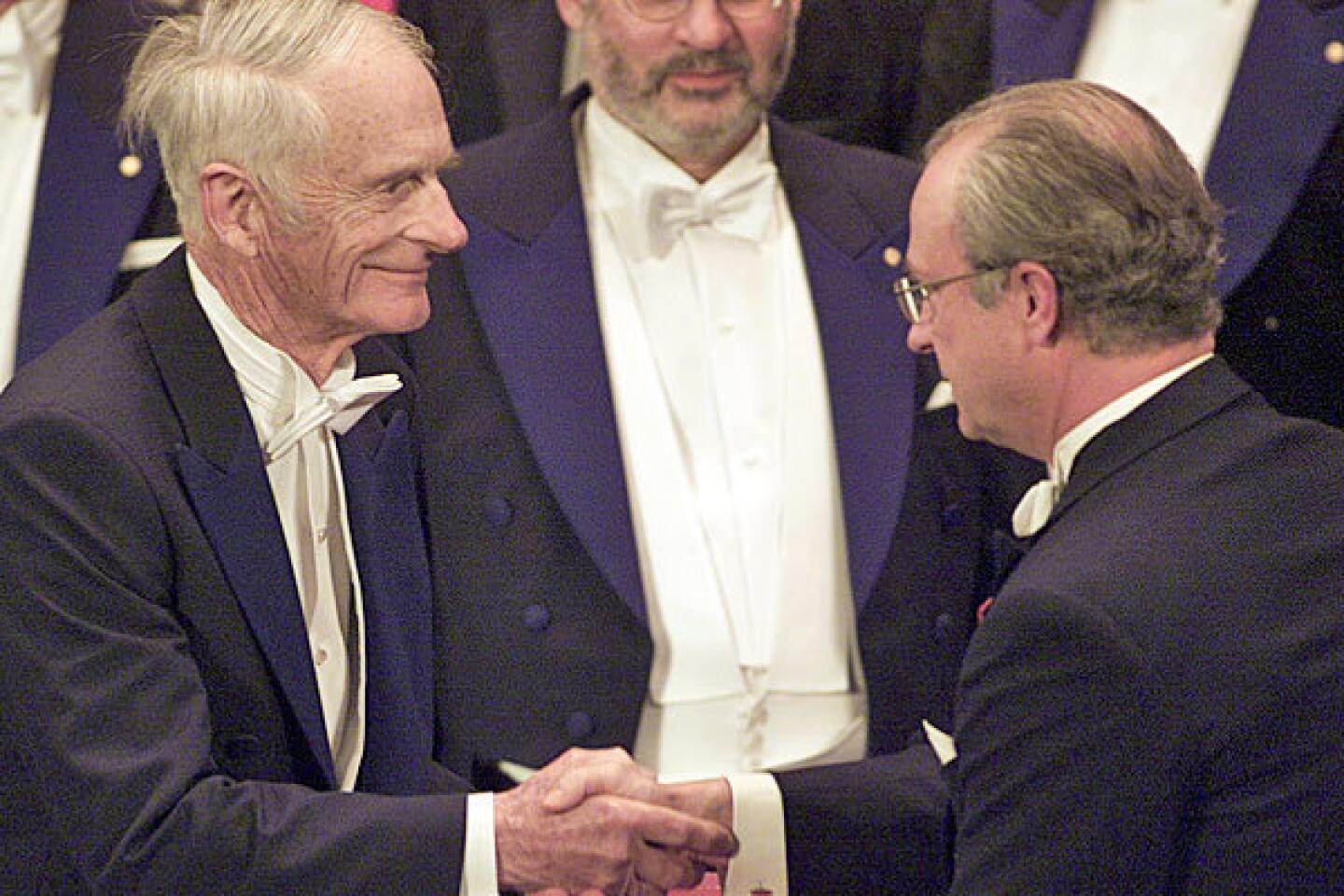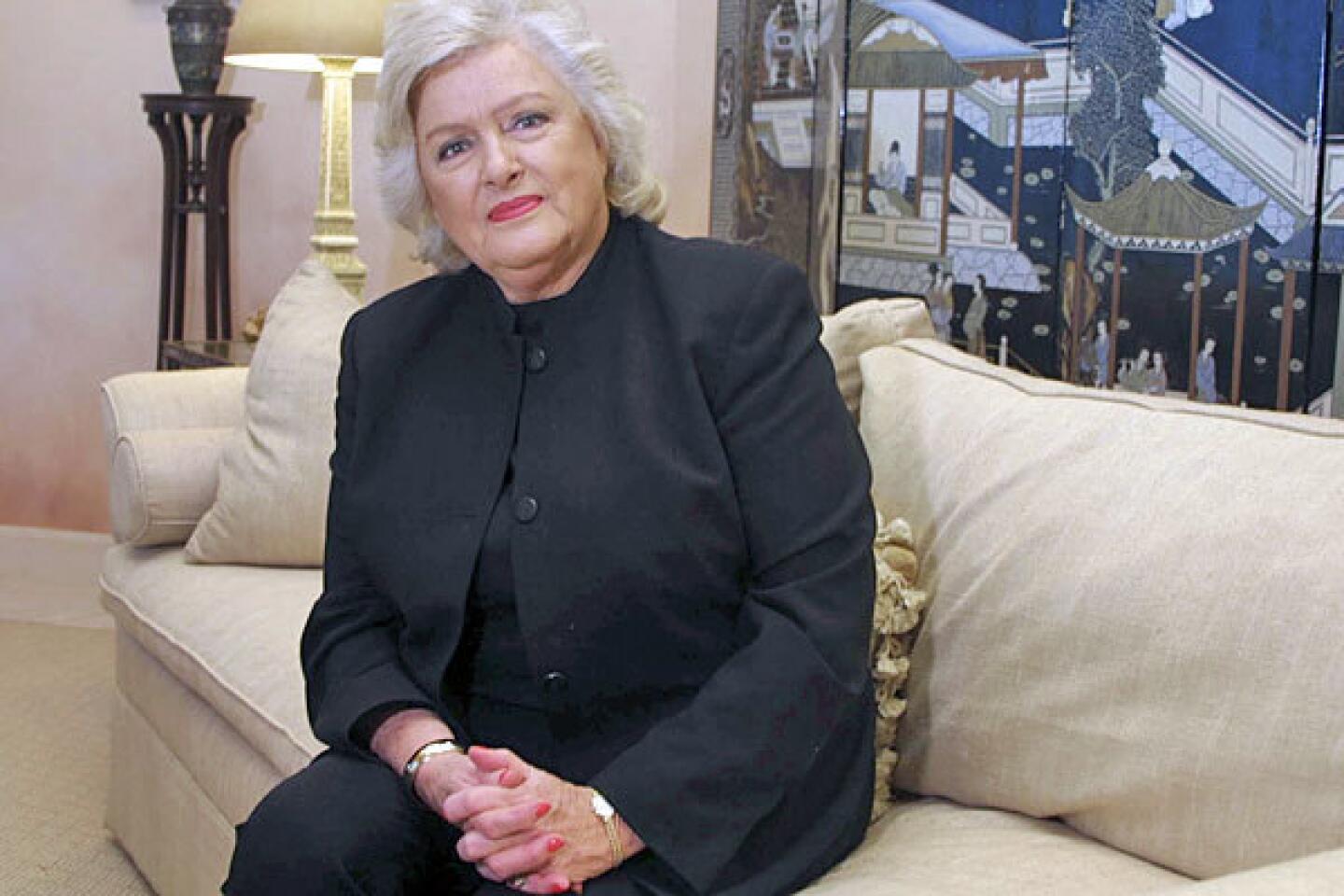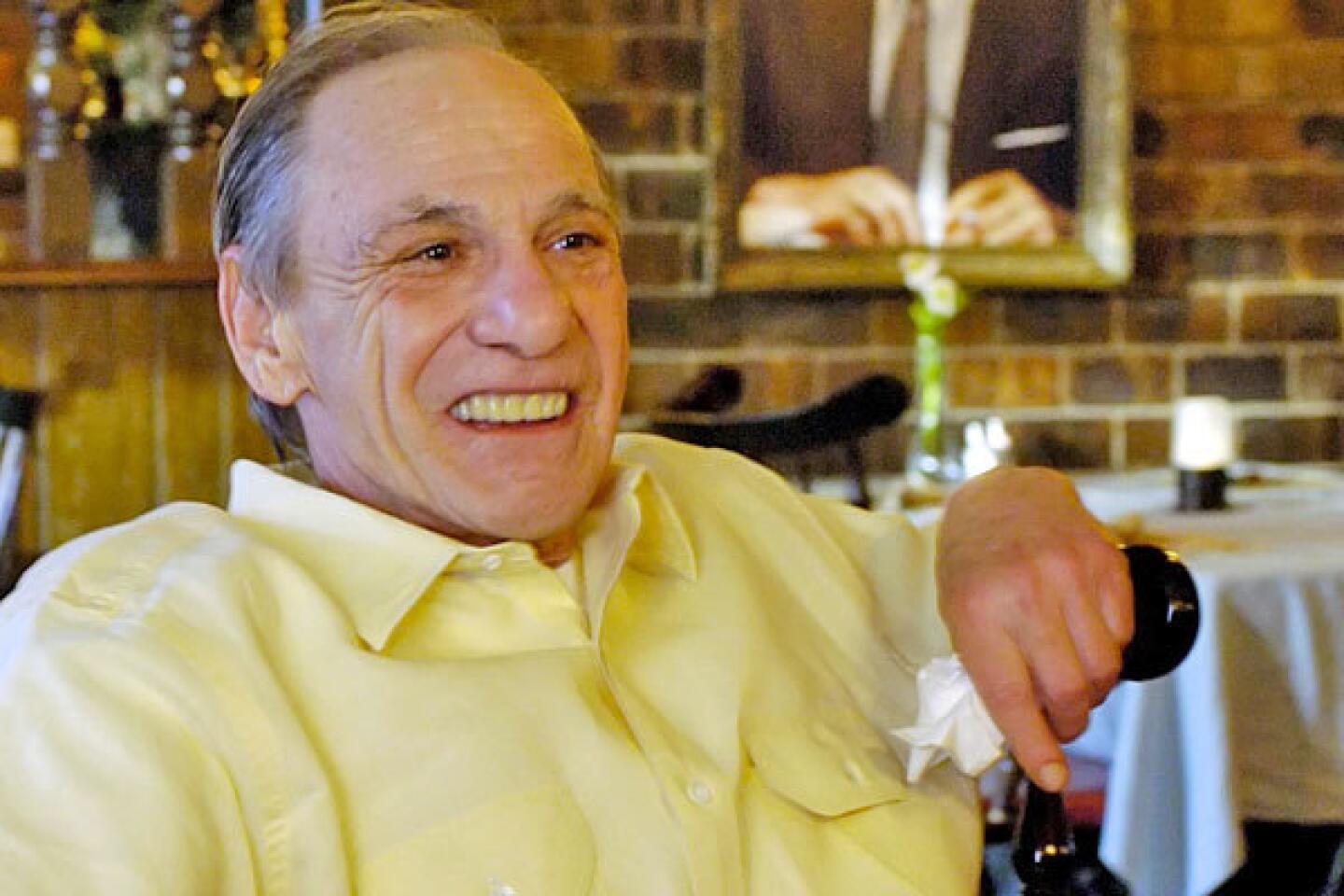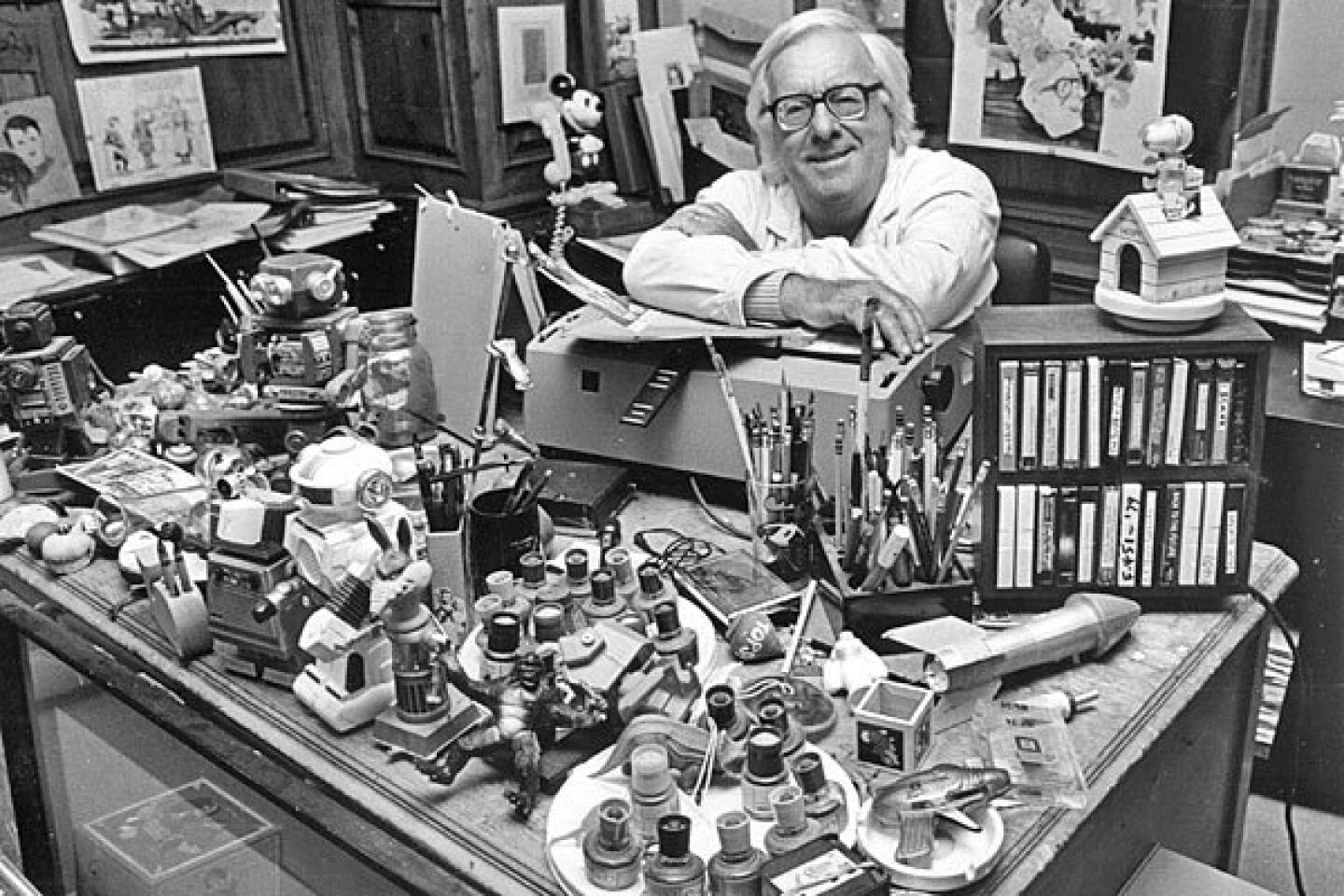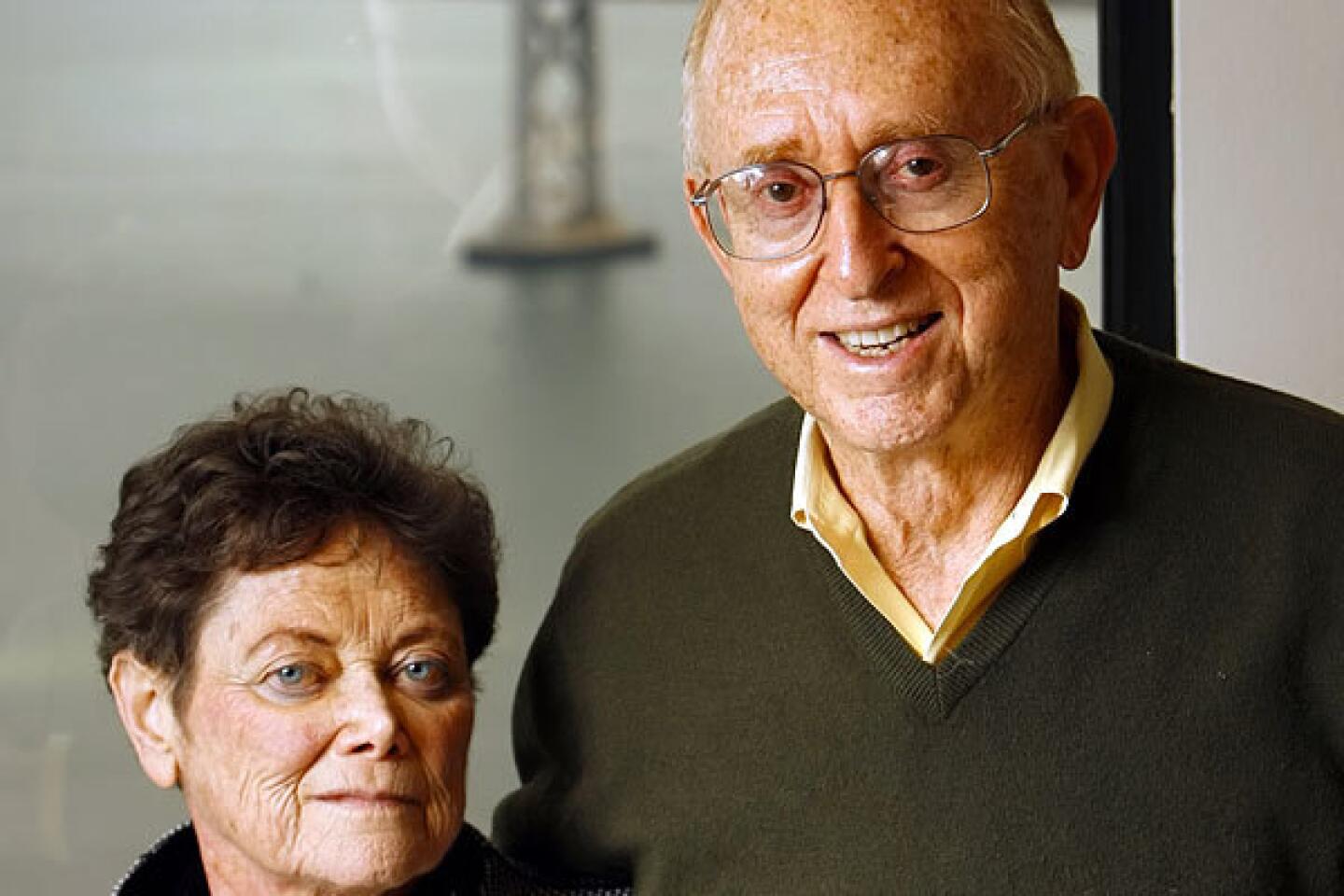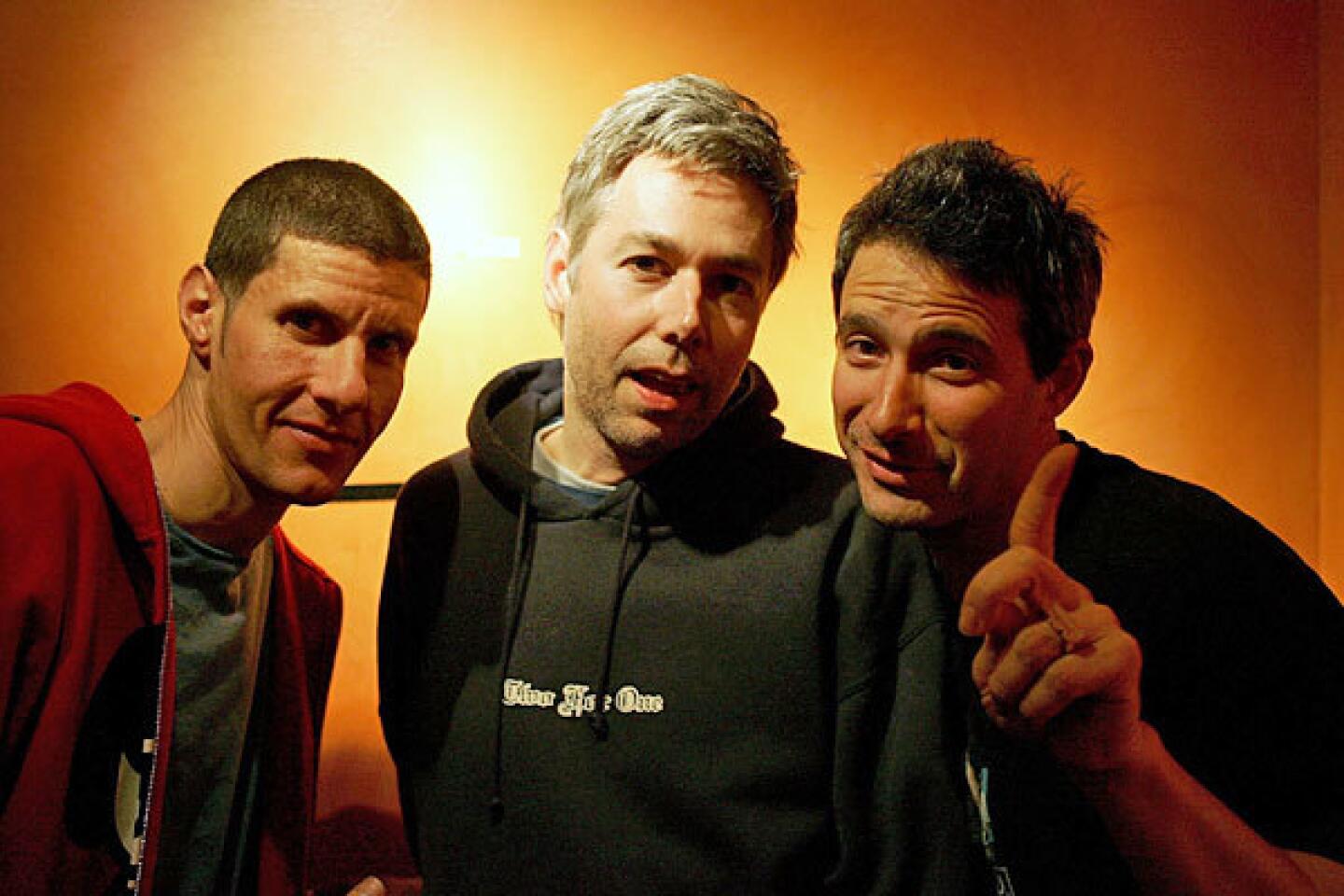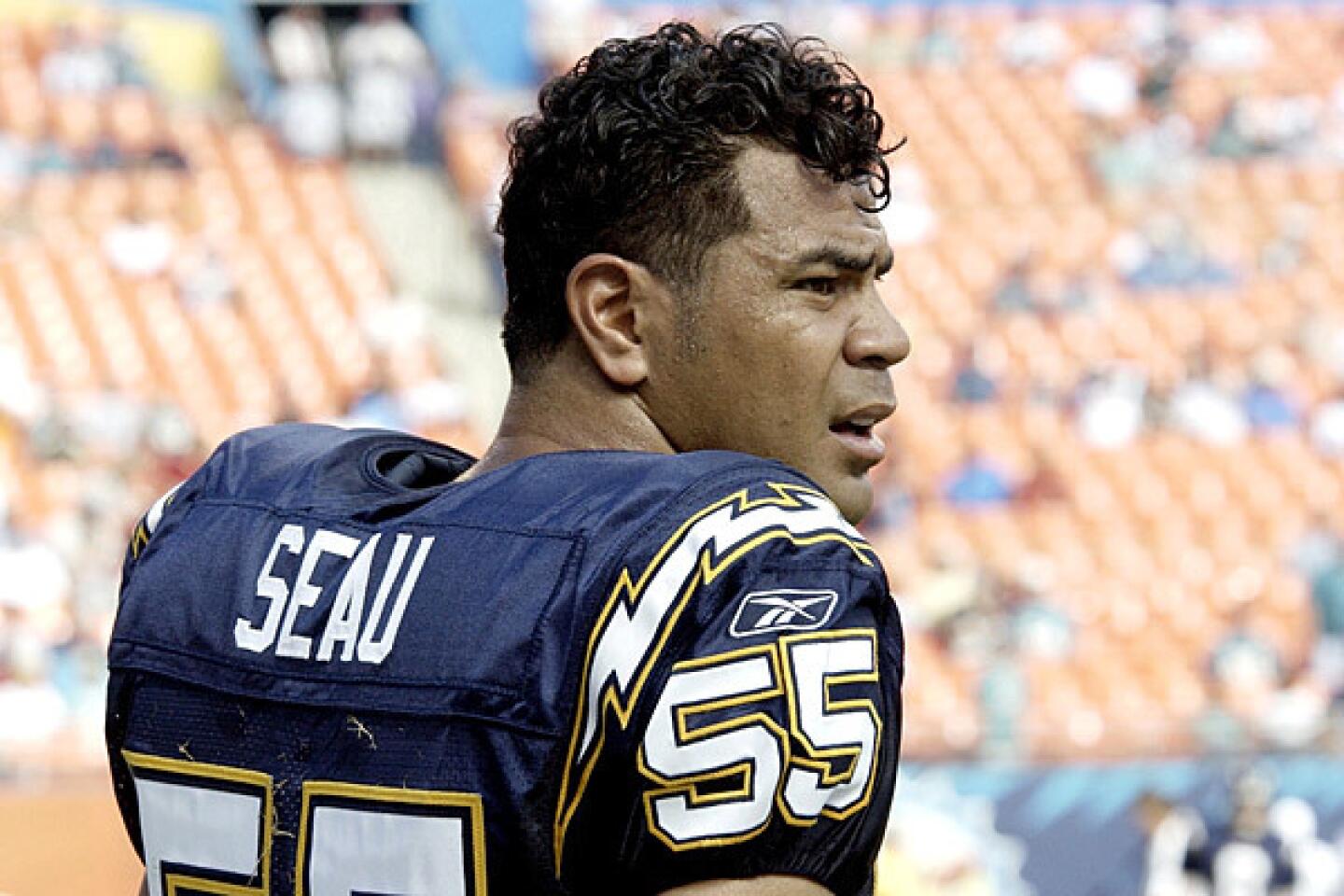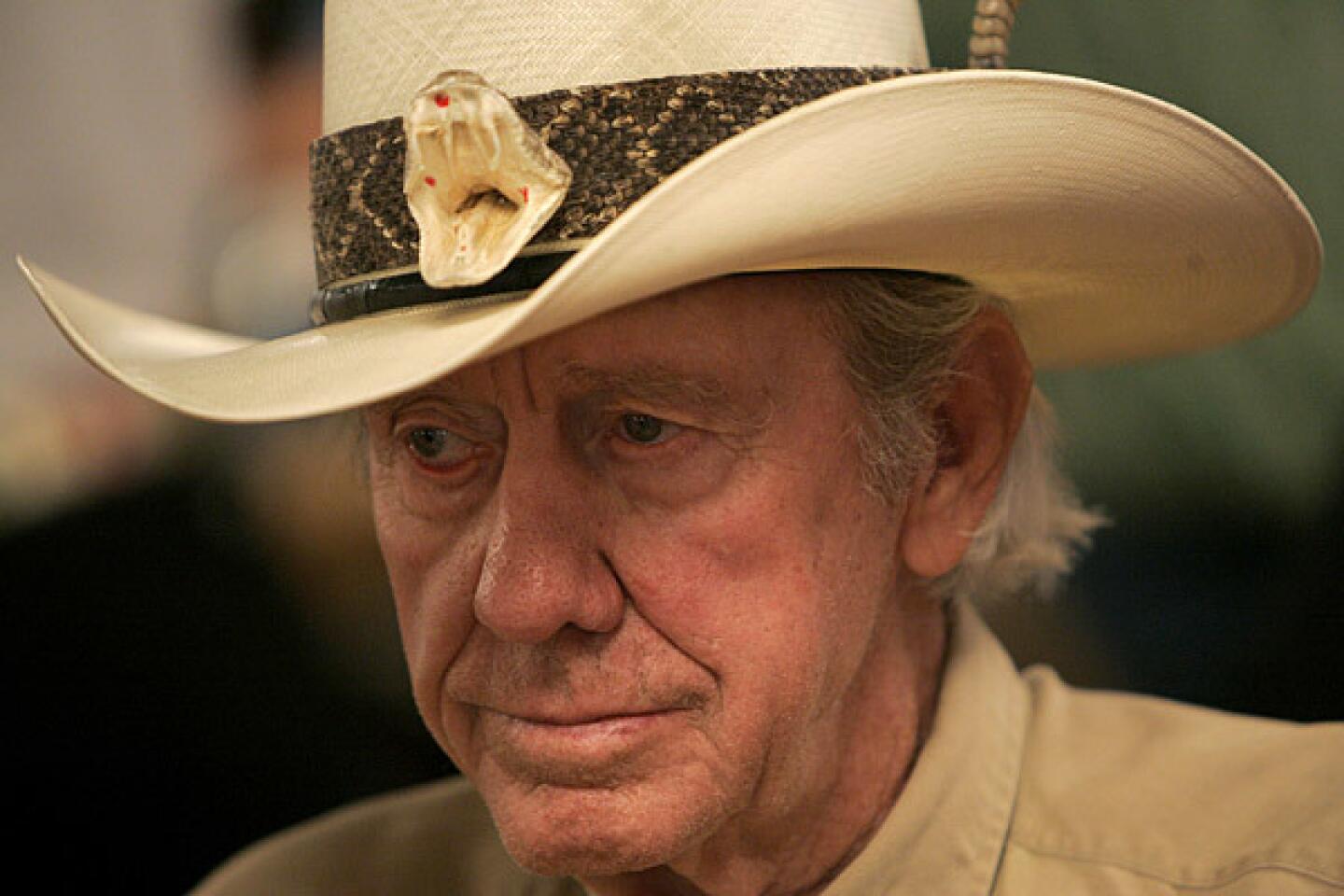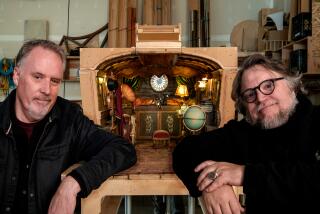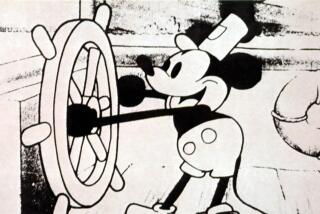Mel Shaw dies at 97; Disney design artist
While playing polo on the fields of Southern California in the late 1930s, Mel Shaw met Walt Disney and was soon playing on his team, the Donald Ducks, that took on the president of Mexico’s personal team in 1938 — and won.
“He called me a wild Indian because I was stealing the ball from him all the time,” Shaw later said of that first meeting.
But as Shaw told the story, one day Disney handed him a stack of papers and said: “You like to draw animals — read this and see what you can do.”
PHOTOS: Notable deaths of 2012
It was the script for “Bambi,” and the beginning of Shaw’s long affiliation with Disney as a visual development and design artist. He help set the style for that 1942 animated classic and many others from the studio, including what became “Fantasia” (1940), “The Fox and the Hound” (1982) and his final Disney project, 1994’s “The Lion King.”
Shaw, 97, died of congestive heart failure Nov. 22 at Woodland Care Center in Reseda, said his son, Rick.
“Mel was on a short list of vanguard artists who would jump into a new film when it was still a blank piece of paper and with his stunning work he’d show us all the visual possibilities,” Don Hahn, a producer who worked with Shaw on “Beauty and the Beast” and “The Lion King,” said in a statement.
Outside of the studio, Shaw was perhaps best known for drawing the title sequence of the 1977 movie “The Rescuers.” The animated prologue shows a character placing a plea for help in a bottle and tossing it into the high seas.
“You see these very beautiful pastel drawings, and all of them are Mel’s,” said Charles Solomon, an animation critic and historian. “The producer and director of the film looked at his preliminary drawings and said, ‘That’s it, we don’t need anything else.’”
The artist was involved with practically every sequence of “Bambi,” he said in “Walt’s People, Vol. 12,” a newly published collection of interviews with artists who worked with Disney.
The intensity of color in “Bambi” reflected the dramatic action, a feat Shaw said he helped bring about through a color chart he made with pastels that “talked about the sequences and how colors would change ... to fit the mood,” he said in the book.
During World War II, Shaw left Disney to serve in the Army Signal Corps as a combat photographer in Southeast Asia. He also worked on a documentary on the Burma campaign.
Back home, he opened a design business with Bob Allen, a former MGM Studios animator. Through Allen-Shaw Productions, Shaw illustrated the first “Bambi” children’s book for Disney, designed children’s toys and conceived pieces for Metlox, the noted Manhattan Beach pottery manufacturer.
The partners received almost no attention for their late 1940s redesign of Howdy Doody, the marionette on the popular 1950s NBC show of the same name.
The original Howdy Doody resembled “Pinocchio with fuzzy hair,” Shaw said in “Walt’s People.” They reconceptualized him as a “hayseed,” he later said. Allen came up with the freckled face, Shaw made the model for the head and they had a “little cowboy costume” created.
But when the new Howdy Doody was revealed, the partners were never given credit for the design, Shaw said in the book, so they patented it in 1950.
His second tenure at Disney began in 1974, when he was brought in to mentor younger animators as the older generation retired. According to the studio, Shaw went on to influence the look and story of many “modern day Disney favorites.”
He was born Melvin Schwartzman on Dec. 19, 1914, in Brooklyn, N.Y., the second of four brothers of an attorney and his wife, an opera singer.
As a 12-year-old, he won a top prize in a national Procter & Gamble soap-carving contest and sculpted throughout his career.
In the late 1920s, he moved with his family to Los Angeles, where he attended the Otis Art Institute as a teenager.
At 14, he ran away to Utah to become a cowboy. Four months later, he was back in Los Angeles lying about his age to get a job at Pacific Title and Art Studio, where he created title cards at the end of the silent-film era.
Two Disney animators — Hugh Harman and Rudy Ising — hired him to join their studio to conceive and animate stories in the early 1930s. While there, he helped Orson Welles storyboard a version of “The Little Prince” that was never produced.
By 1937, Shaw was working for Disney and playing polo for the Donald Ducks, who traveled to Mexico in his Dodge station wagon to face an elite team. Rainy weather and Mexico’s decision to put in its second string helped them win, Rick Shaw said.
Mel Shaw’s first wife, Louise, died in 1984. He is survived by their two children, Rick Shaw and Melissa Couch-Deranleau; three stepchildren, Ken Lounsbery, John Lounsbery and Andrea Gessel-Severe; 14 grandchildren; and a brother, Bob Shaw.
His second wife, Florence Lounsbery, was the widow of John Lounsbery, one of the pioneering Disney animators known as the Nine Old Men. With Florence, Shaw lived for nearly 20 years in a home she designed in Acampo, Calif., near Stockton. After she died in 2004, he moved to Woodland Hills to live with his son.
His second marriage took place on Thanksgiving Day 1985. He died on the holiday 27 years later.
More to Read
Start your day right
Sign up for Essential California for the L.A. Times biggest news, features and recommendations in your inbox six days a week.
You may occasionally receive promotional content from the Los Angeles Times.


